BANDAGE BOOK





Our promise to you
We offer friendly customer service, support and education along with innovative highquality products that achieve outstanding results and meet the diverse needs of today’s veterinary practices.
We serve in excess of 60,000 veterinary practices around the world. We are an established manufacturer, designer and distributor of veterinary products, including consumables, disposables and nutraceuticals.

Peace of mind for the Veterinary Professional
Our knowledge and experience makes us a leading manufacturer of veterinary specific products. We have a team of knowledgeable Sales staff and qualified Veterinary Nurses who’ll be more than happy to help and answer any questions you may have.
Toll Free: (888) 715-9909
nasales@millpledge.com
millpledge.com
Before reading through this booklet, please take a moment to acknowledge the following: This booklet has been produced as a guide only. We do appreciate that there are many different techniques for each type of bandage, all achieving the same professional result. With the introduction of conforming and cohesive bandages, the skill of bandaging has been revolutionised, therefore we hope that this up-to-date guide will be of some help when using such materials. We do however, welcome comments or feedback for improvement of future publications.
Written, Compiled and Edited by Julie Conner VN and Jackie McKerrell VN.
Revised and updated by Meryl Lang, Melissa Matthews RVN MBVNA, Angela de-Zille RVN.
Whilst every precaution has been taken in the preparation of this booklet, Millpledge Ltd do not assume any responsibility for errors or omissions. Neither is any liability assumed for damages resulting from the use of the information contained within.
First published in 1995 by Millpledge Ltd, Retford, Notts DN22 9NA UK
This edition© 2024 Millpledge Ltd. Millpledge logo© 2018. Diagrams are the copyright of Millpledge© 2002.
No part of this booklet may be reproduced or transmitted in any form or other means, electronic or mechanical, including photocopying, recording or otherwise for any purpose except for the practice’s own use without the express written permission of Millpledge Ltd.
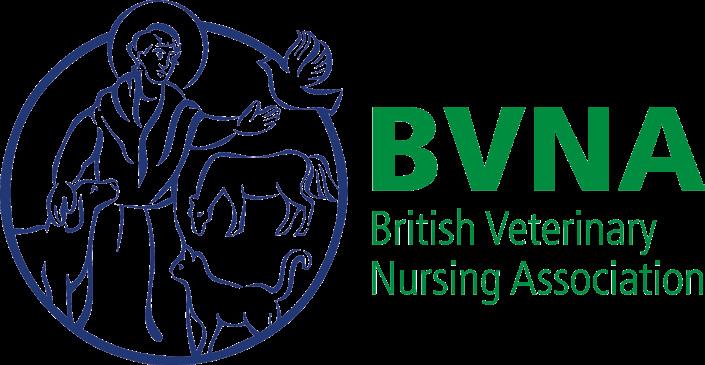
The British Veterinary Nursing Association is pleased to be associated with the Millpledge bandage book.
“This is an invaluable tool for veterinary nursing and veterinary students.”
This symbol means the outer packaging such as film wrappings, boxes, bags and pouches are recyclable.
Millpledge has a strong commitment to reduce the effect our business (and that of our supply chain) has on the environment. The ongoing and future development of our products and services, as well as how we deliver to our customers also plays a fundamental part in ensuring that our environmental impact is minimal.
A non-adherent, double-sided, perforated film absorbent wound dressing.
Consists of an absorbent layer of soft fleecy cellulosic and synthetic fibers, backed with a strong non-woven material cover.
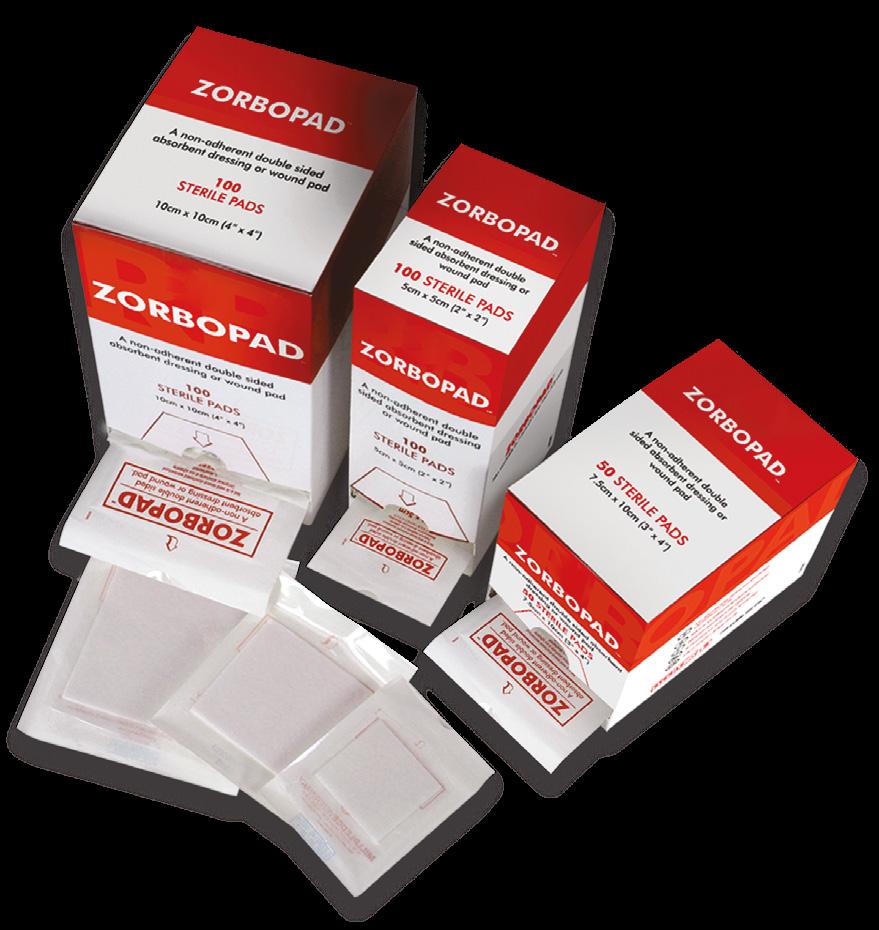
Allows easy and painless removal of bandages or dressings
Adhesive bandage, tape and island dressing remover. Available in 50mL and 200mL CFC-Free spray cans.
An innovative combination of safe, non-toxic, non-stinging siloxanes formulated to destabilize adhesive. Can be used on: Adhesive Bandages, Adhesive Tapes, Island Dressings, Opiate Patches, Glue Traps.
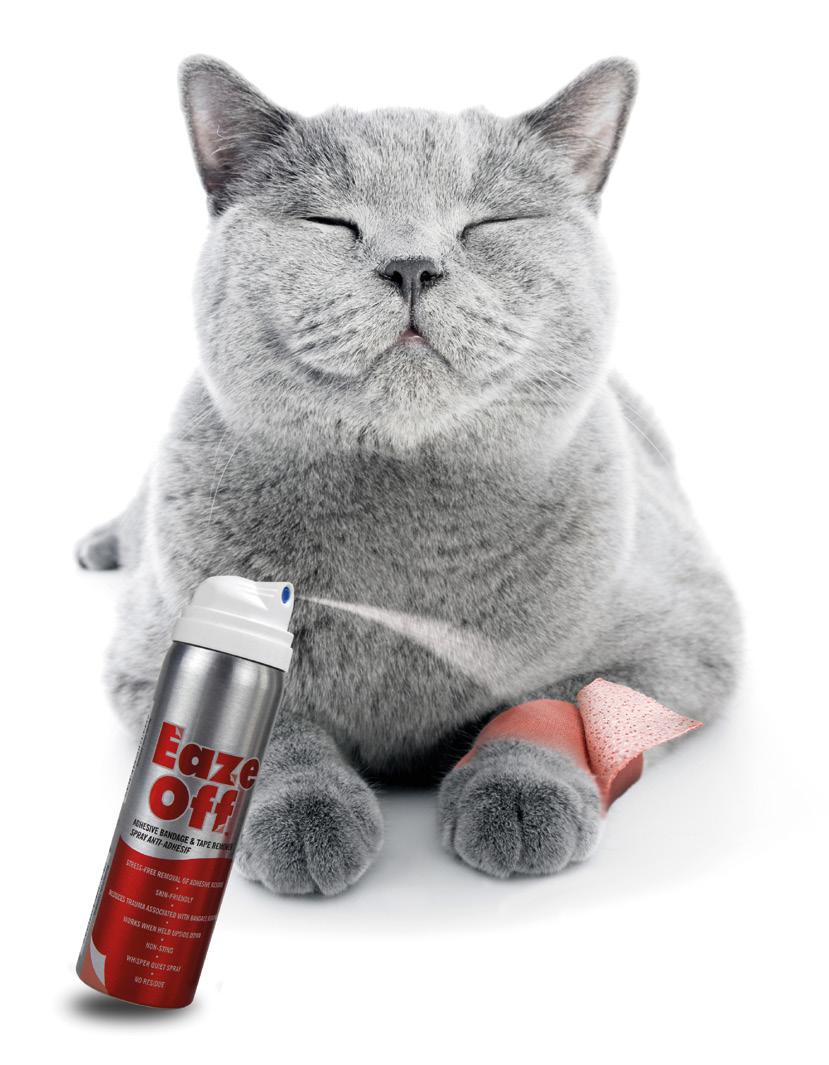
Available in 50mL & 200mL CFC-free spray cans
Ideal for holding giving sets, IV catheters, light dressings, drapes etc. at operation sites.
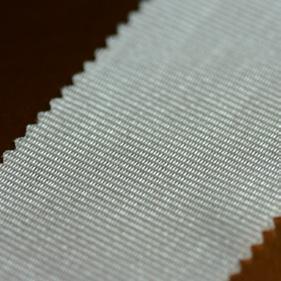
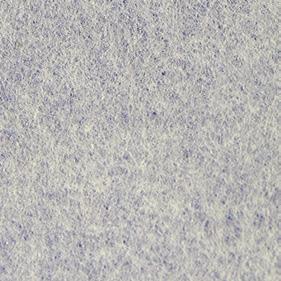
Very soft and conforming with a strong clear adhesive. High QualityEasily torn across and down the length. Provides a modern and superior alternative to traditional cloth/cotton tapes.
Surgical hypoallergenic paper tape. Superior Quality. Light and easy to tear. Permeable and porous unlike most adhesive or plastic tapes.
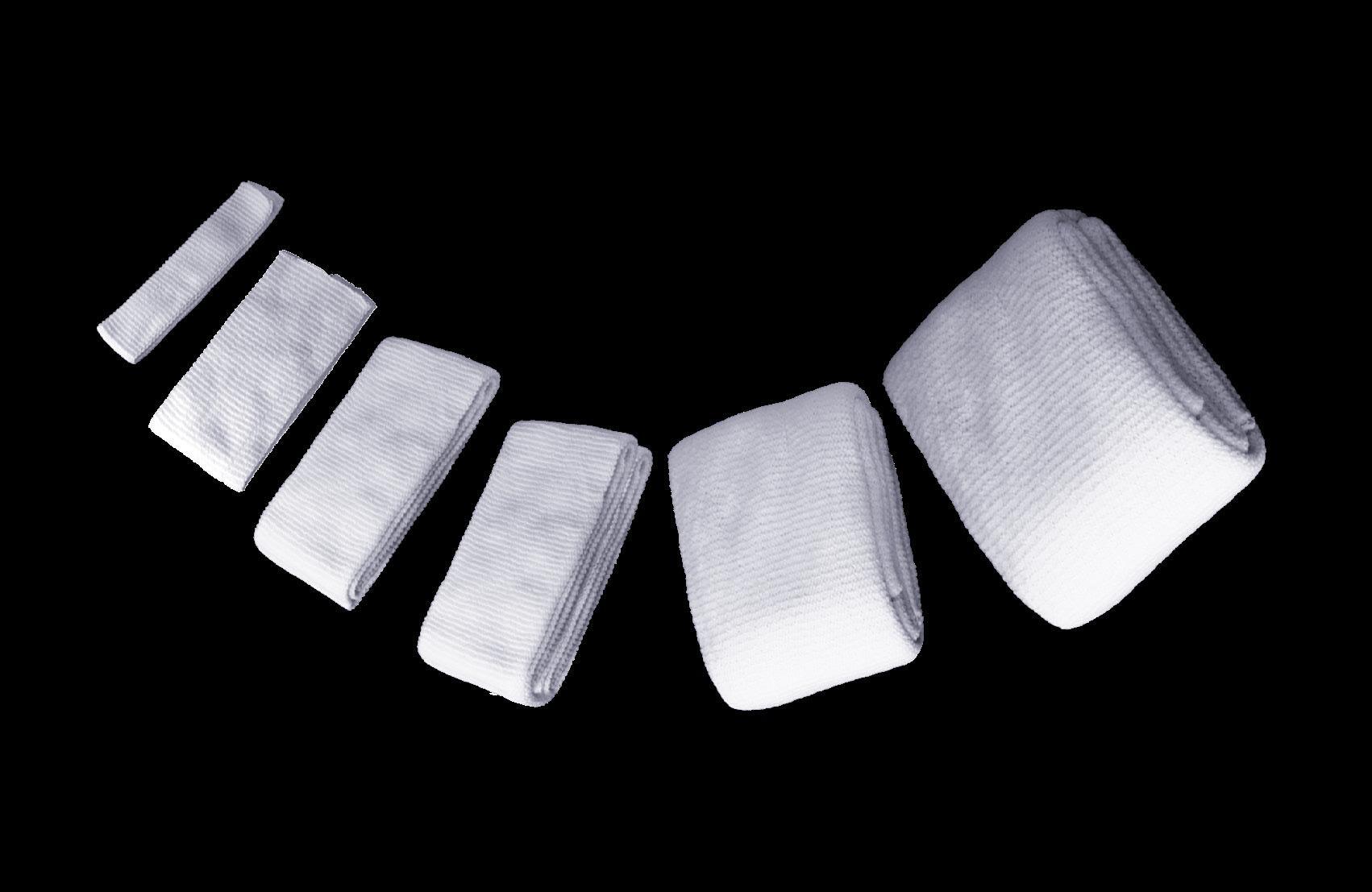
A highly conforming, seamless tubular bandage. Made with nylon polymide and natural elastomers that stretches over an animal patient’s body or limb, stretching to four times its width!
1st layer
1st layer - Padding
Protects bony prominences, preventing excoriation and pressure sores. Cushions and supports the wound or injured area, whilst preventing moisture reaching the underlying tissue thus preventing the area becoming sore and irritated. The synthetic padding will repel the moisture, the cotton wool will absorb it.
Millsoft™ Cotton wool: Good absorbent properties - Excellent quality.
Orthoband™:
Synthetic padding on a roll providing even consistency and thickness giving a more even surface overall.
Zorbo-G-Padding™ & Zorbo-G-Padding™ N/W: Good absorbent properties.
Thicker, stronger, softer.
Very strong synthetic material for undercast and all under-bandage padding uses. Repels moisture.
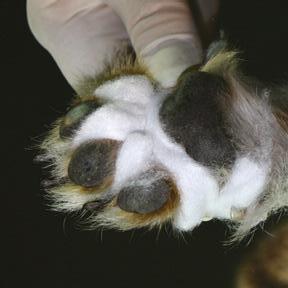
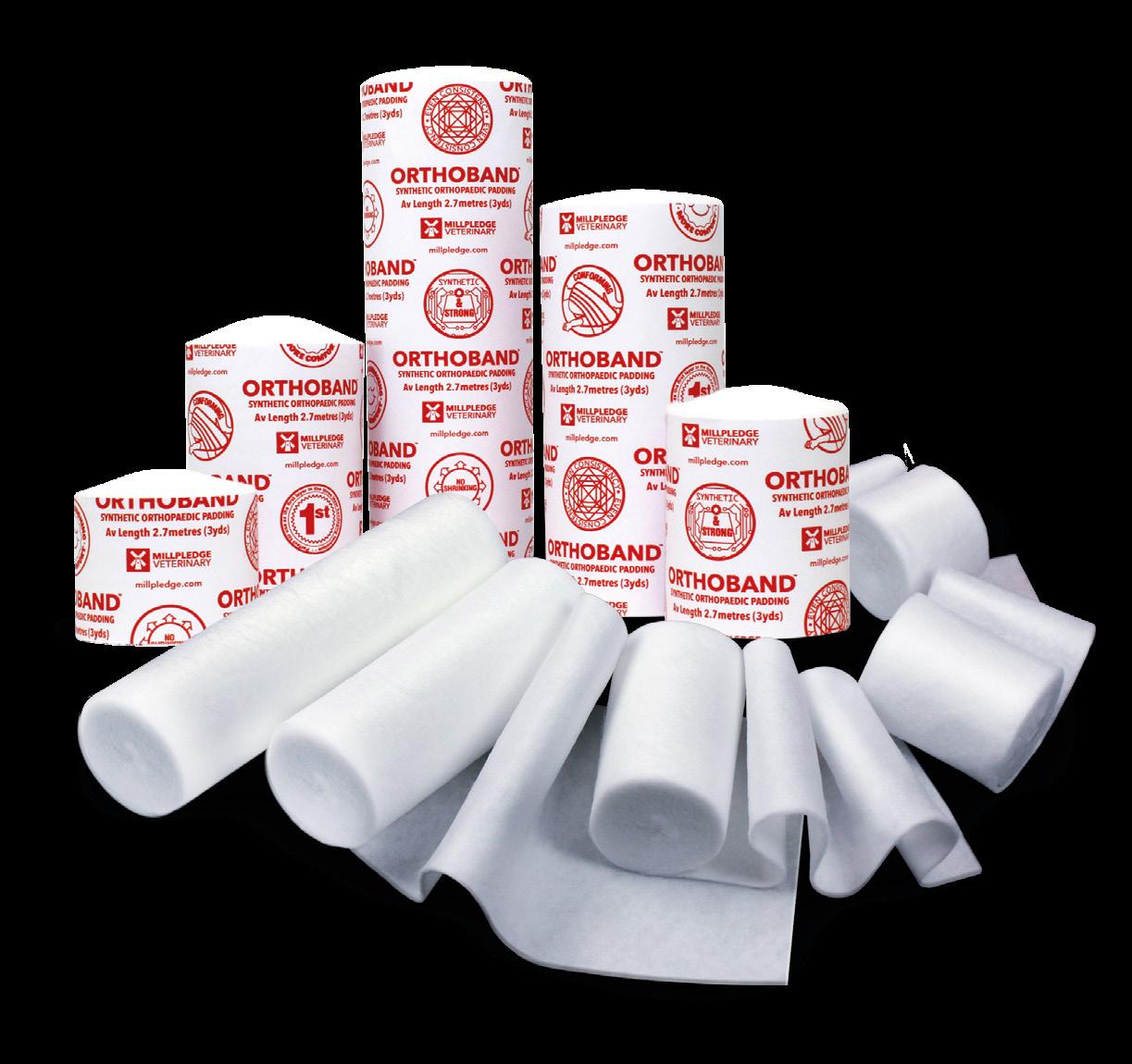
2nd layer - Conforming bandages
This can be a knitted, woven or a lightweight cohesive. This layer will hold padding in place and assist with protection, support, immobilization and compression bandages. True conforming bandages have the ability to conform easily allowing essential movement. There are many different weights and materials available depending on the reason required.
Knit-Fix™ : Medium weight knitted bandage providing non-slip and warmth properties.
Knit-Firm™: Dense knitted bandage providing non-slip and warmth properties.
Stretchnet™: A seamless tubular bandage (nylon polymide and natural elastomers).
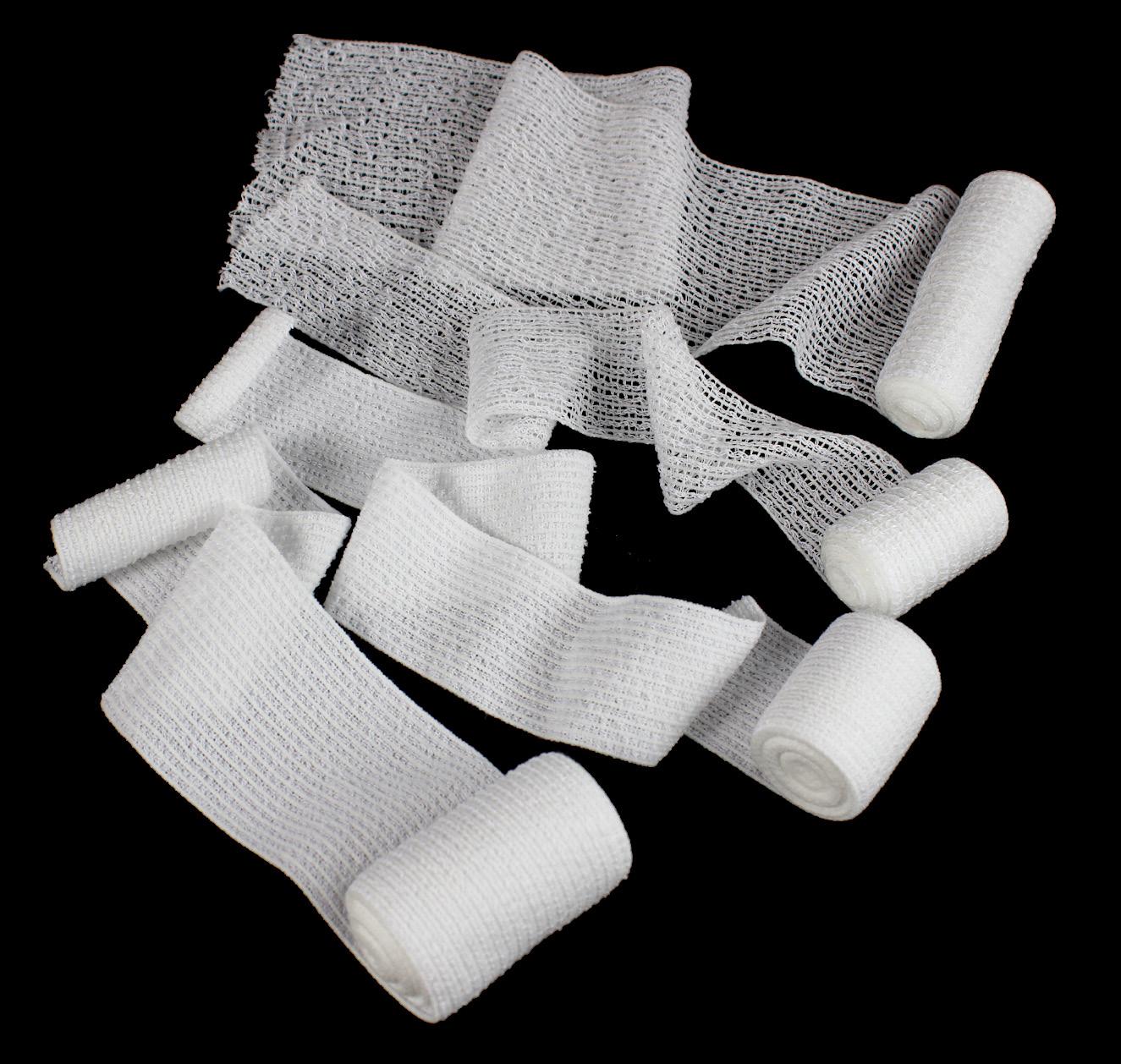
There’s conforming, then there’s true conforming...
Knit-Fix™ & Knit-Firm™ offer more conformability and even distribution of bandages. Providing superior support and limb coverage without any slipping or sagging.
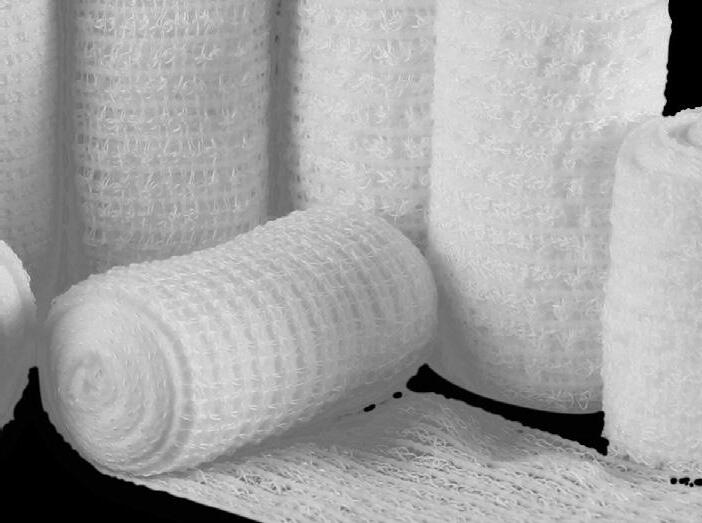
Composition:
A medium weight knitted veterinary bandage. Designed specifically for use on multiple animal species, with a variety of uses, from a lightweight protection bandage to the higher support/compression or immobilization bandage, such as used in a Robert Jones. Knit-Fix™ construction has the open knitted cellular structure for good ventilation with nonslip, non-fray, highly conforming qualities.

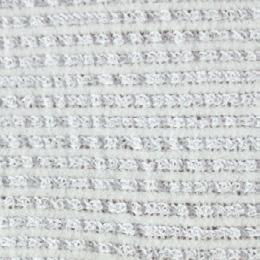
Knitted structure and composition of thread: Provides warmth and comfort without overheating the patient.
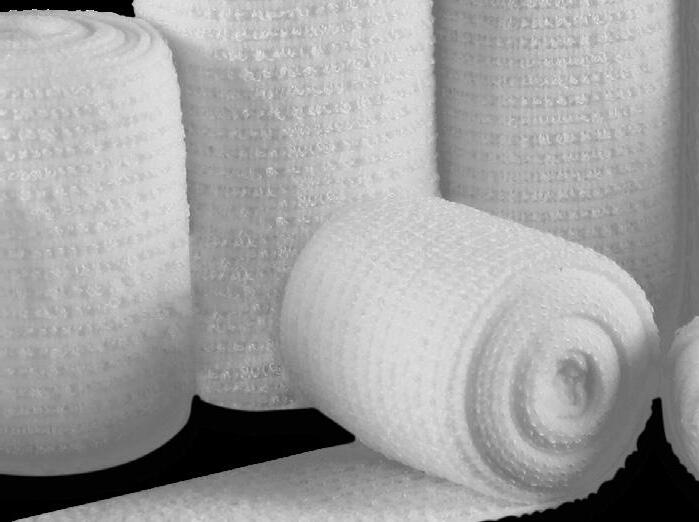
Composition:
A high quality, dense ‘warp knitted’, multi-purpose veterinary bandage. Designed specifically for use on multiple animal species. Thick and strong with a unique structure, providing excellent conforming and non-slip properties. Highly recommended for support compression and/or immobilization. Knit-Firm™ is longer, stronger and heavier than Knit-Fix™ , so ideal for larger animals.
Non-fray, with fast edges, resistant to tearing and ‘stringing’: Reduces risks of ‘catching’ or impeding circulation.
Knit-Fix™ & Knit-Firm™ bandages are Individually wrapped: Reducing the risk of contamination.
3rd layer - Cohesive or Adhesive Bandage
Top layer bandage to improve durability, extra support and compression where required. Some adhesive bandages come with a guideline down the center; this is to ensure an even ½ overlap on application. Porous, water repellent material covered with a layer of adhesive, useful securing awkwardly positioned bandages and provides good durability.
Rapz Eazy Tear®: High Performance Cohesive Bandages that provide protection and support. Sticks only to itself - Not to skin, fur, feathers or hair!
Bandesive® : Naturally white in color, this is a superior, durable, ventilated, non-fray selvedge elastic adhesive stretch bandage. Used for support and compression in the treatment of patient fractures, swollen joints and tissue traumas.

High Performance Cohesive Bandages. Provides protection and support for tendons & ligaments whilst being practical, hardwearing and cost effective. Rapz™ bandages are available in a wide variety of vibrant prints and colors.
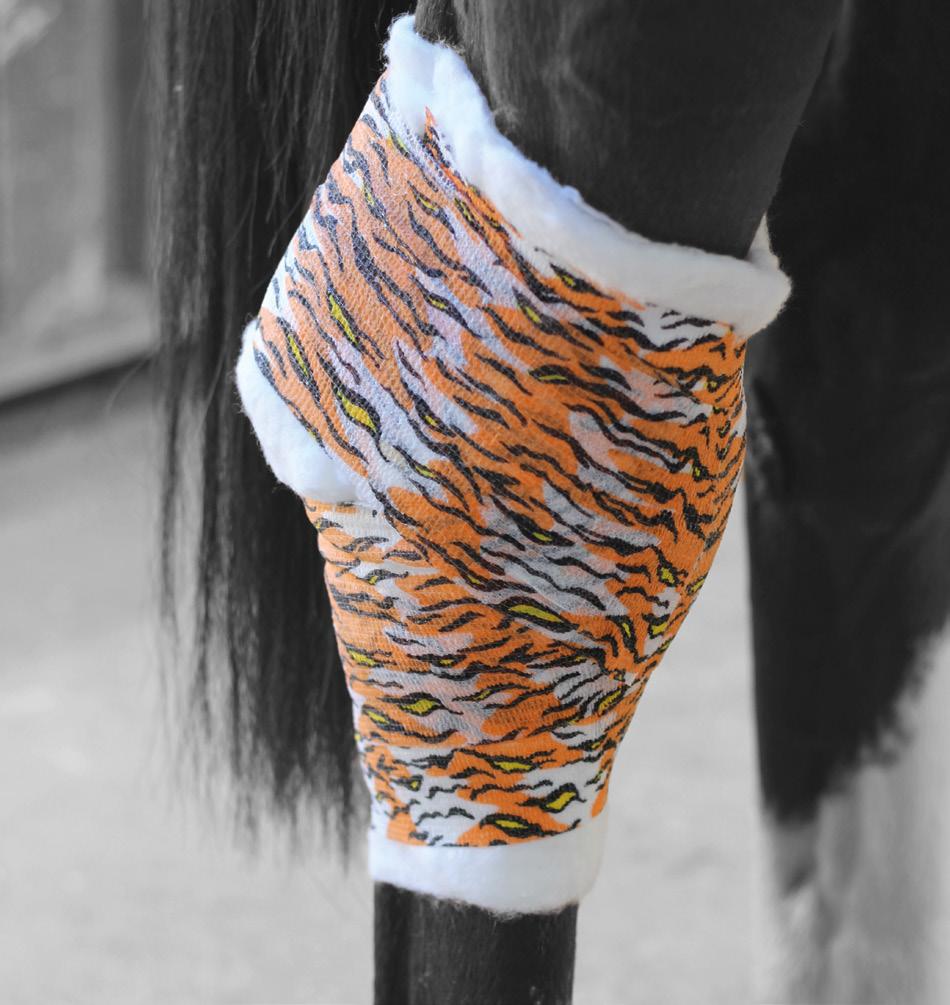
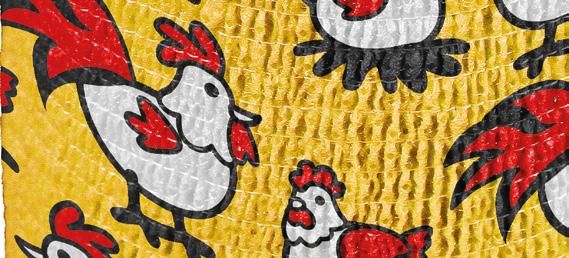
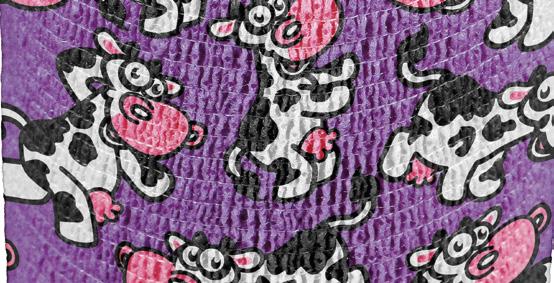
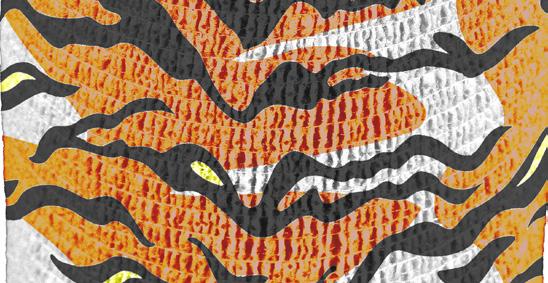
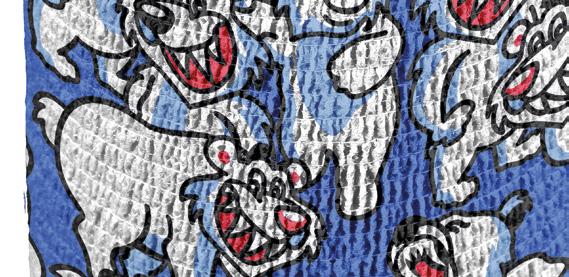
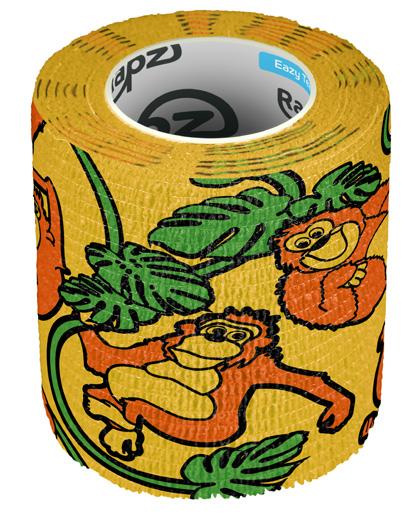
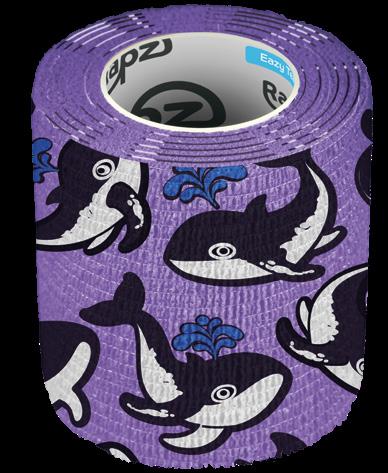
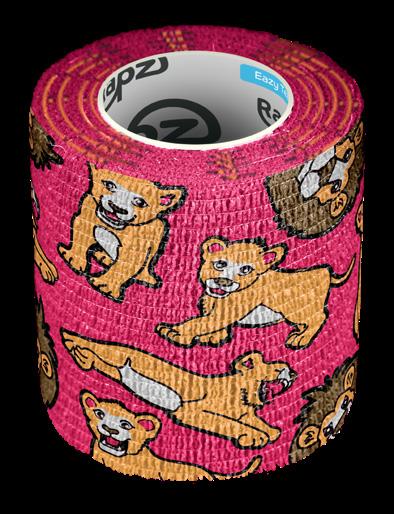
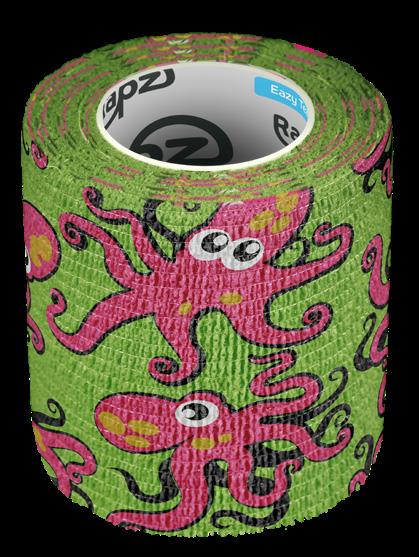
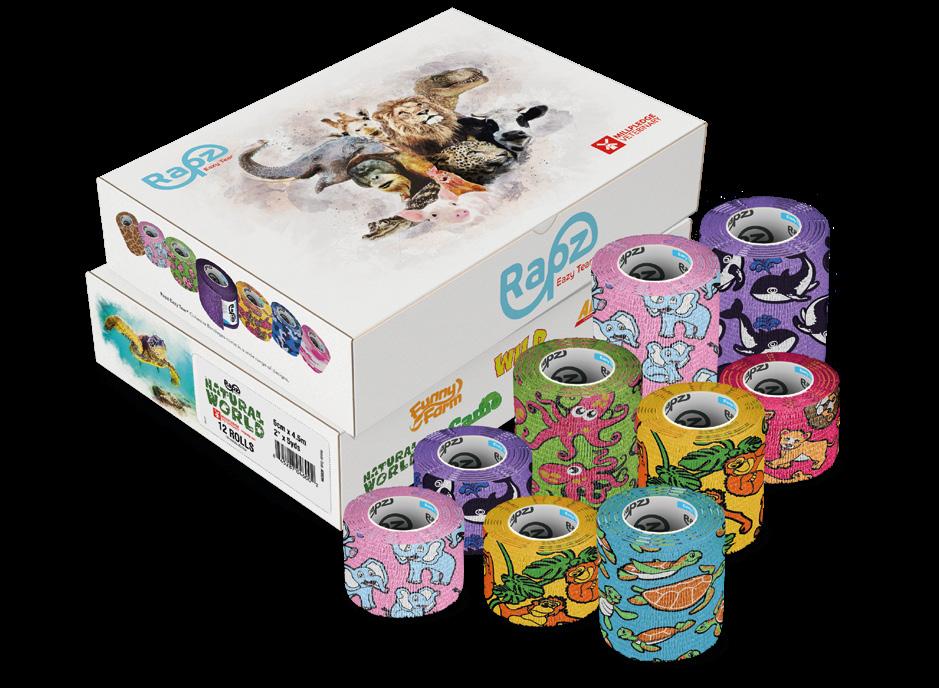
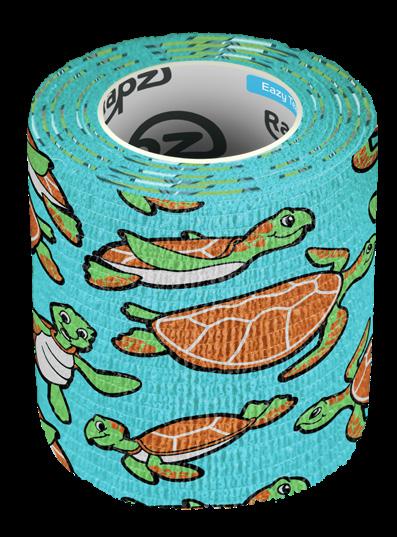
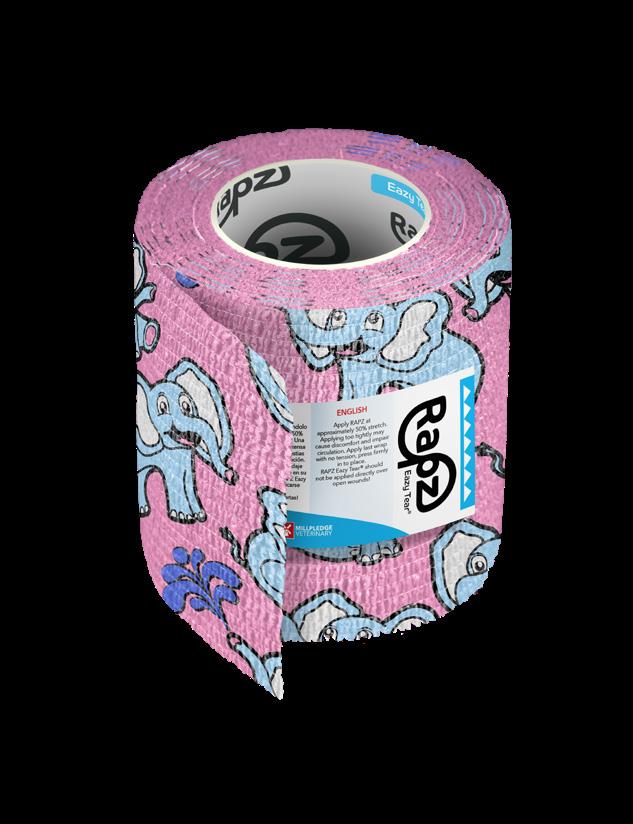
beloved creatures. Taking inspiration from the natural beauty that exists on our planet, we wanted to showcase these wonderful animals on our new bandages.
Rapz Eazy Tear® Natural World bandages consist of 2x Orca, 2x Turtle, 2x Octopus, 2x Elephant, 2x Orangutan and 2x Lion.
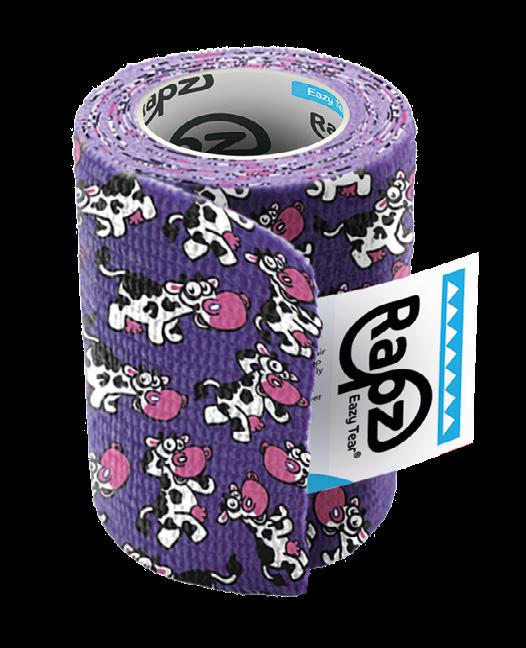

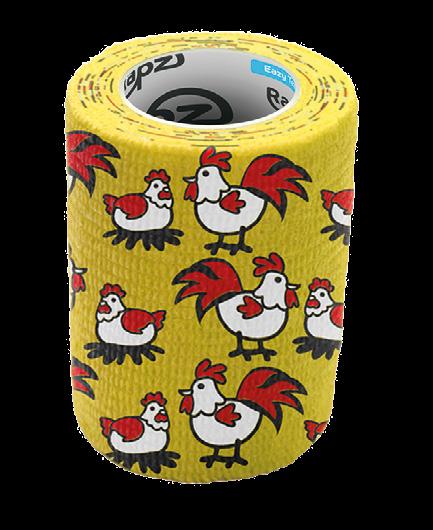
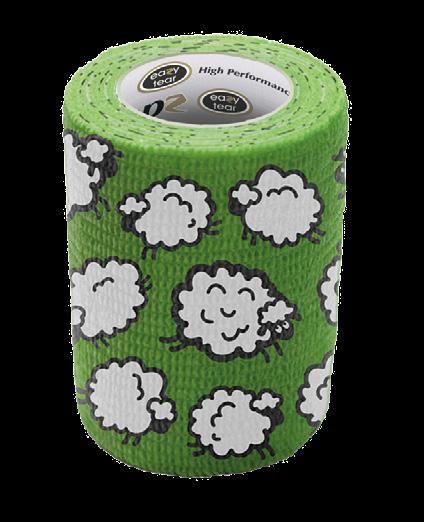
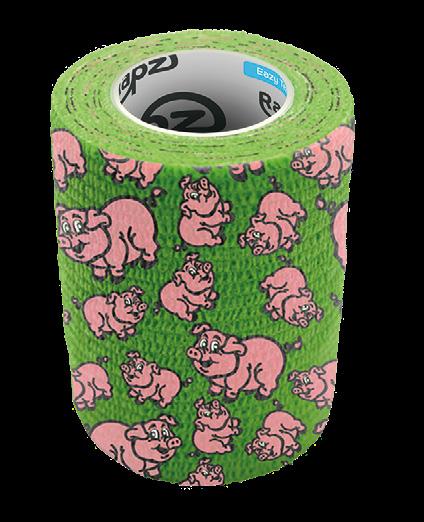
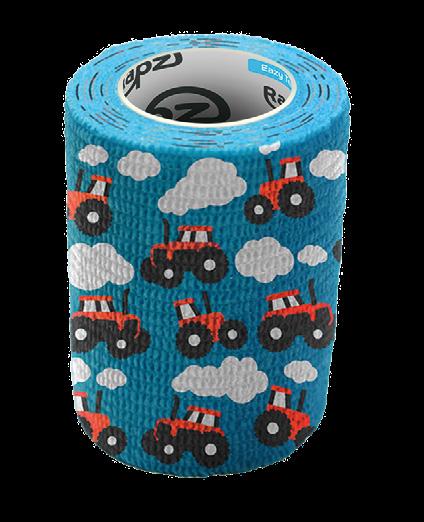

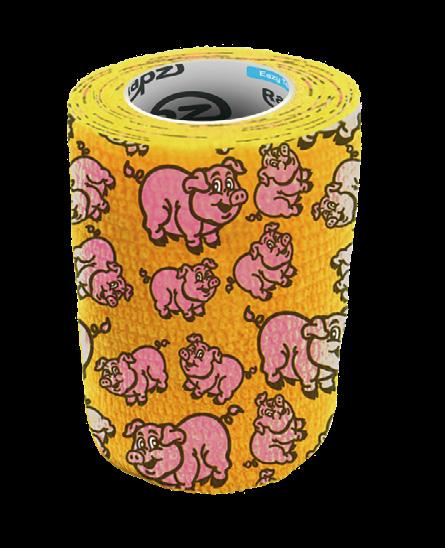
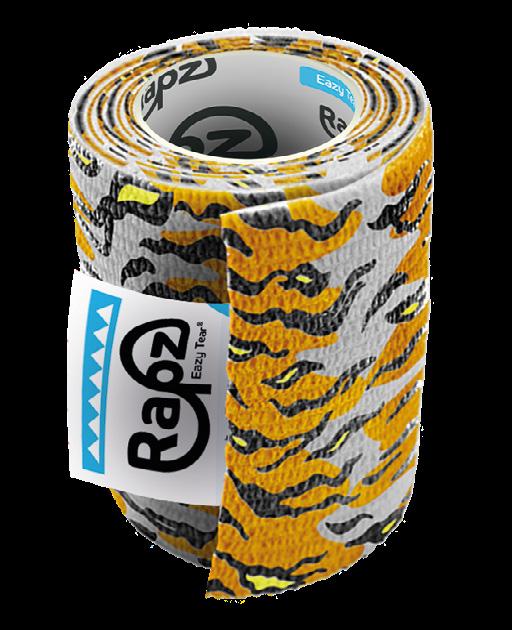
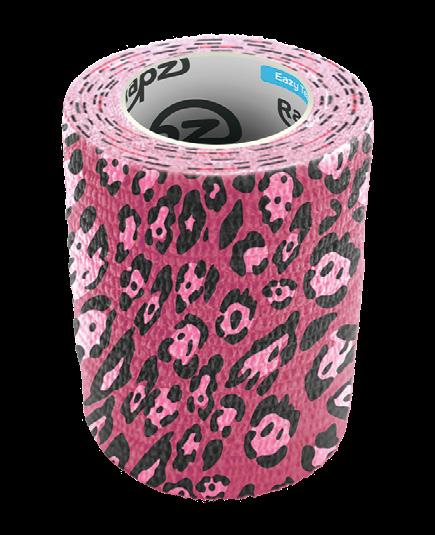
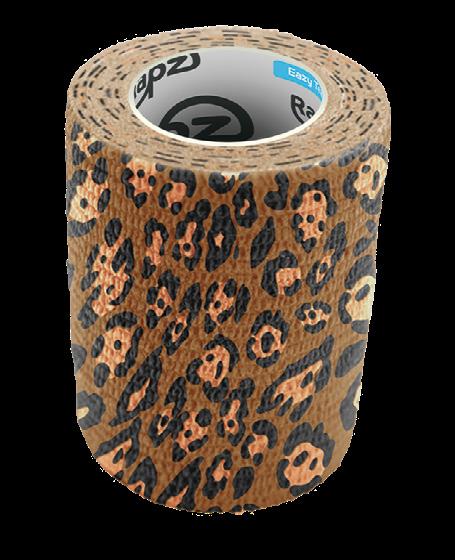
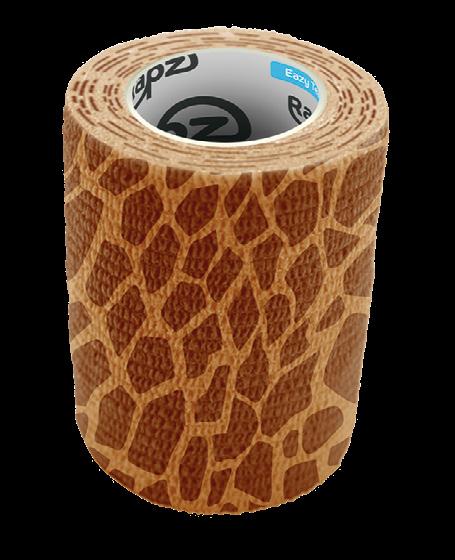
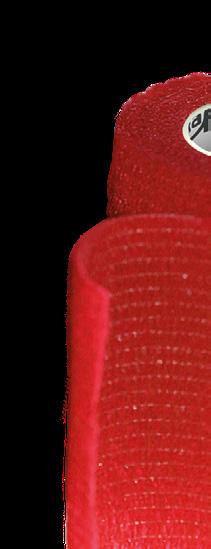
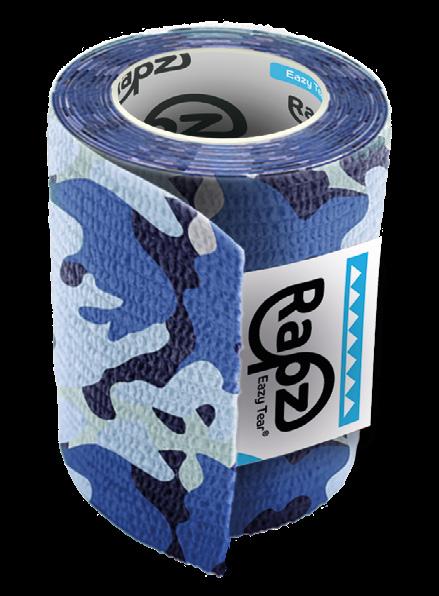
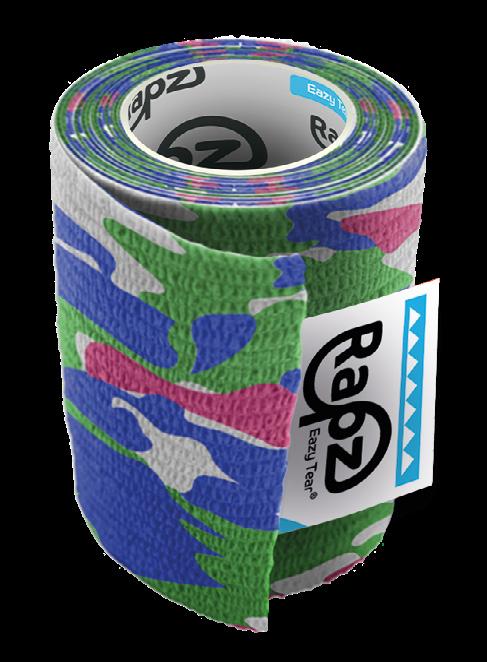
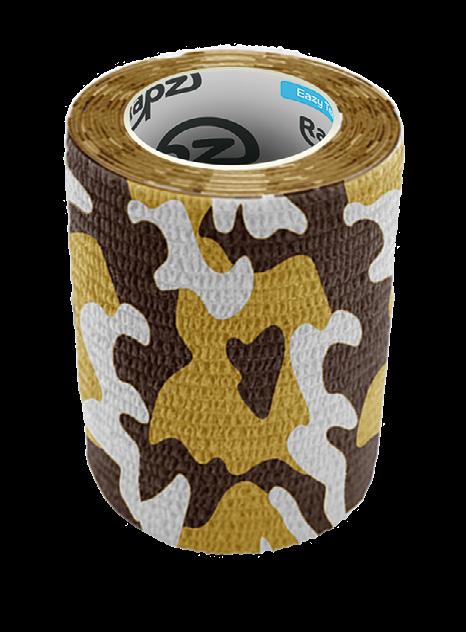

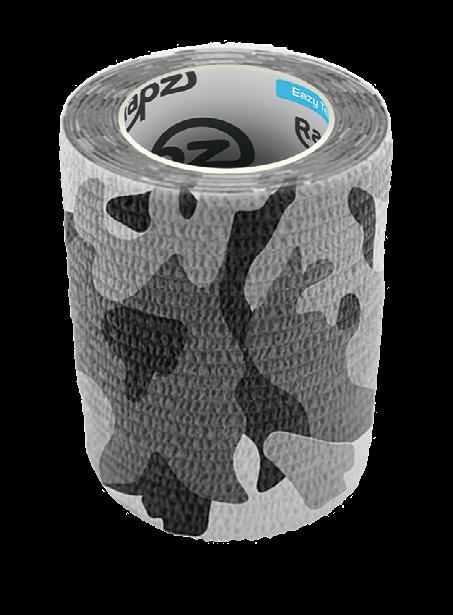
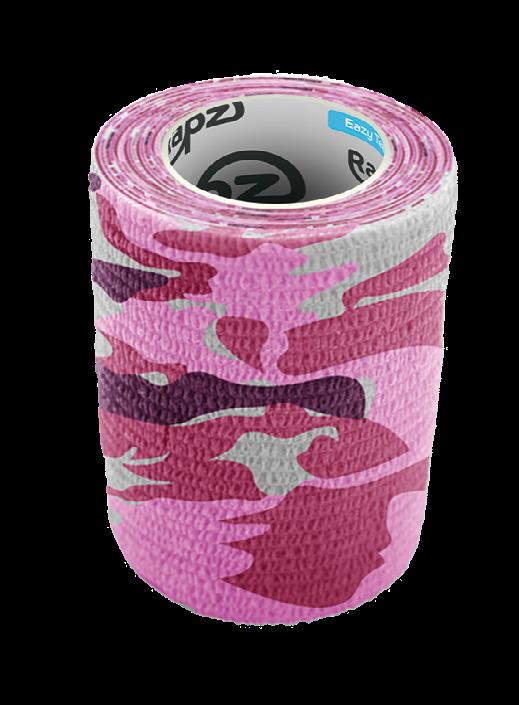



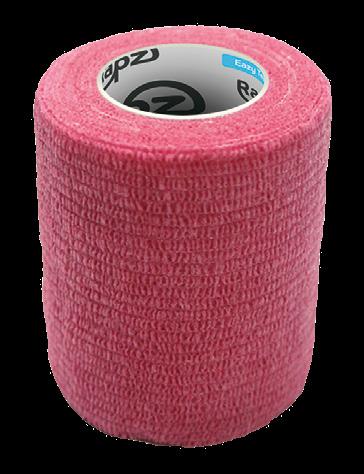
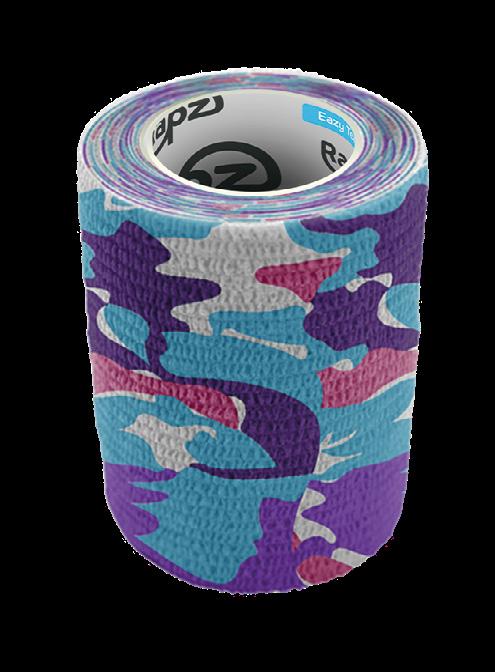
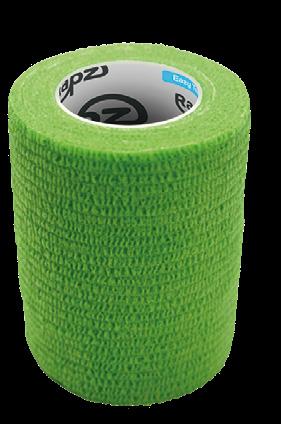
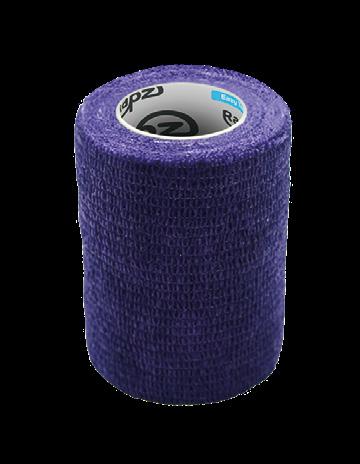
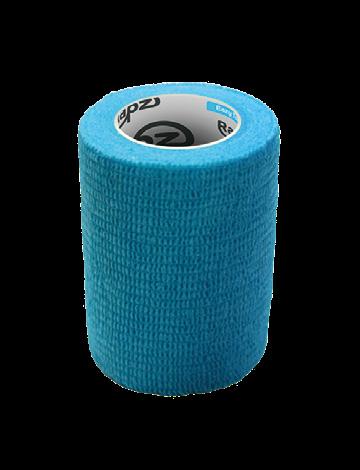
Ideal to wrap infusion sets to deter chewing the tubing. Rapz Chewy NoNo™ deters biting, chewing and licking of the bandage. This can help with a swifter recovery and ultimately, a happier patient.
Every pack contains: 3x Polar Bear, T-Rex, Shark & Crocodile.
Contains Bittering Agent
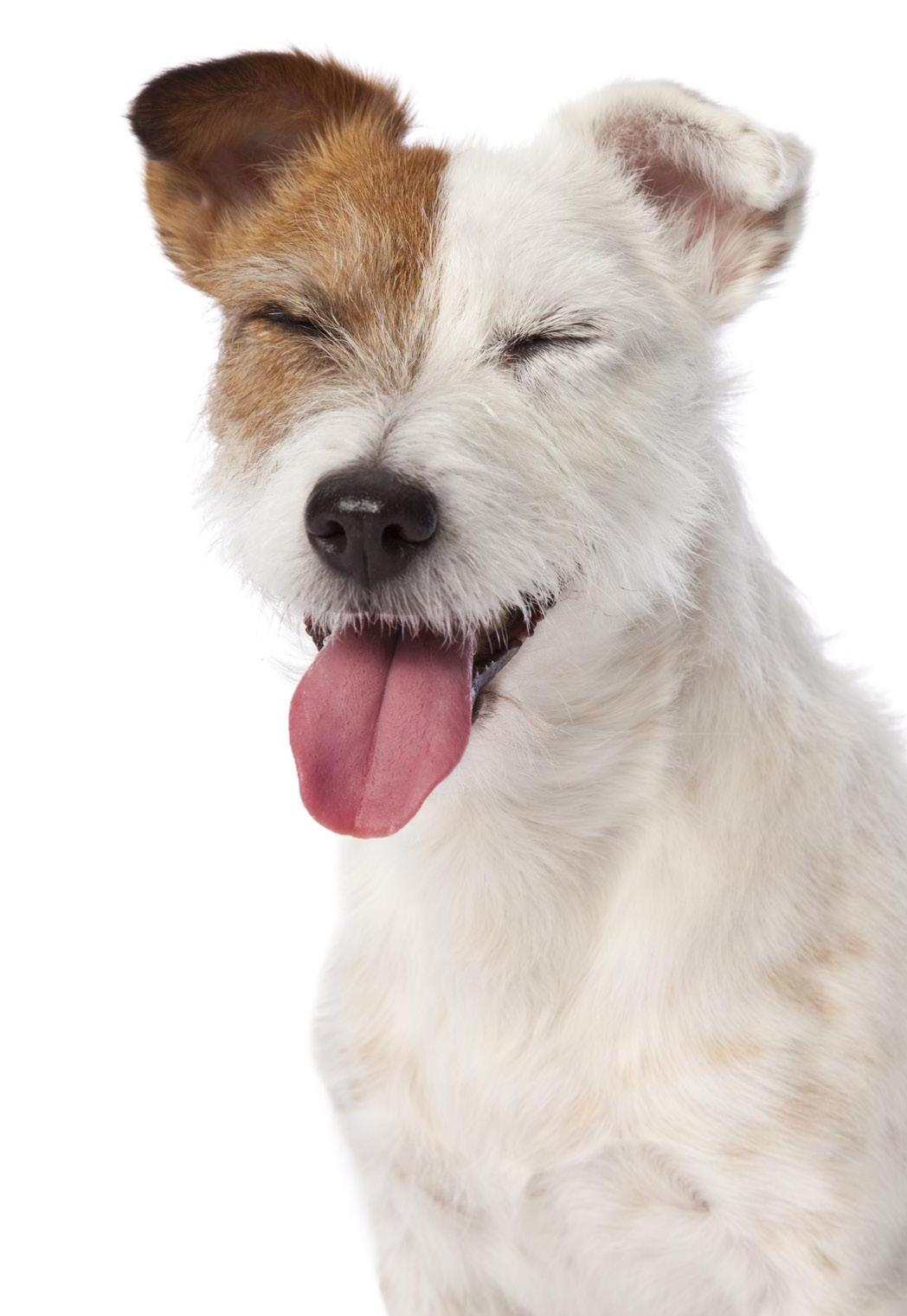
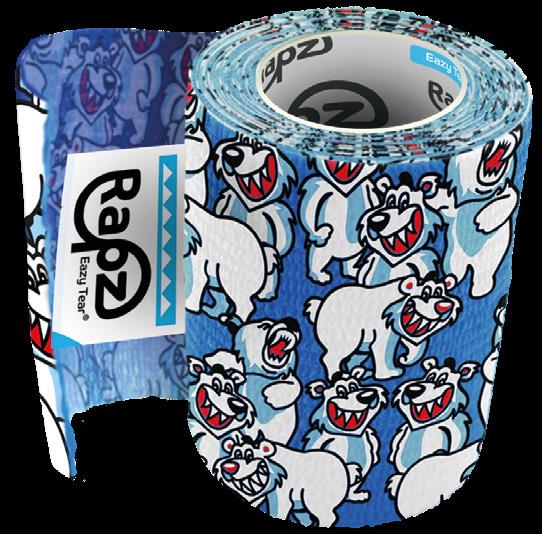
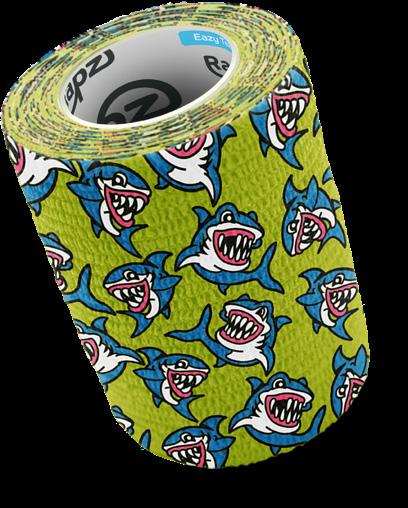

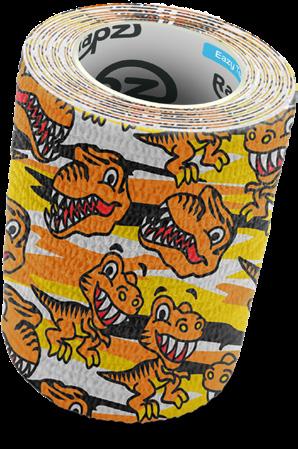
Identify patients who have an IV catheter in situ or those who are recently out of surgery. The addition of the bad taste ‘Chewy NoNo™’ flavor deters biting, chewing and licking of the bandage.


a) Wash hands. Be careful not to spread contamination via hair or wound debris. Gloves should be worn to ensure further contamination is avoided.
b) Collect all materials together, placed within easy reach, including scissors, cleansing solution if needed, new dressings, bandages and other essential equipment.
c) If removing a soiled dressing, dispose of it quickly and safely into a clinical waste bag; likewise with all cotton wool and gauze swabs/sponges used to clean the wound. Remember to change your gloves after.
d) If bandaging the lower limb, it is advisable to include the foot in the bandage. This will help prevent swelling. Pressure points and extremities should be padded out first.
e) If bandaging extremities, start from the distal end to prevent pocketing of blood.
f) Only unroll a small amount of bandage at a time. This will enable a more even tension to be applied throughout. It will also be easier to handle. Reverse-roll bandage on to the patient wherever possible.
g) Apply bandage firmly, with 1/2 to 2/3 overlap in a spiral action. Be careful not to apply too tightly (especially elasticated bandages) as this will impede circulation, but firmly enough to perform the desired tension to ensure that they do not fall off.
h) Avoid applying adhesive (sticky) bandaging material or products directly on the patient’s skin or hair except in circumstances where it is unavoidable. eg bandaging a patient’s tail.
i) If bandaging a fractured limb, include joints above and below fracture as appropriate. Likewise, pad out pressure points, e.g. hock and elbow, as required. This will necessitate incorporating the foot to prevent distal oedema, but will depend on the site of the fracture.
j) Where necessary, the end of the bandage can be secured with the use of adhesive tape. Do not tuck the end into the bandage, nor use pins and / or elastic bands.
k) Choose your bandages carefully. Ensure the correct type for the correct usage. Similarly, choose an appropriate width. Too wide and the edges may be cumbersome and could roll over, too narrow and it may cause stringing and become uncomfortable for the patient. Likewise, it will ease your application and tension if the correct bandage has been chosen for the appropriate job.
l) For head/ear bandages, always put a marker for the location/direction of the ear.
a) To prevent simple fractures becoming more complicated e.g. a compound fracture.
b) Protection from licking, scratching, biting and any other forms of self-mutilation.
c) From infection or further contamination.
d) Protecting and holding wound dressings, poultices and cold compresses in place.
a) To improve mobility.
b) To reduce pain and swelling.
c) Extra support for internal or external fixation of fractures.
a) Helpful as a first aid measure to stem hemorrhage.
b) Post operatively, it is useful to prevent excess swelling, therefore reducing and preventing oedema.
c) A tourniquet is also a form of compression bandage, used as a temporary measure whilst further prevention of hemorrhage is being carried out, or as a first aid measure to stem hemorrhage post trauma. The maximum time a tourniquet may be left in situ is 15 minutes, after which time it must be released, taking at least a minute to do so, thus allowing the blood to circulate and revive the tissues, but gradually so as not to lower the patients blood pressure. Should you need to reapply the tourniquet, it must be moved in a distal direction from the original compression site, i.e. nearer the wound.
A tourniquet/compression bandage is invaluable in such situations and when used in the correct manner as previously described. However, a patient who has a tourniquet/compression bandage in place must be under constant supervision, and at no stage should the tourniquet/compression bandage be covered over with any type of bandage or dressing. The person who applies the tourniquet or compression bandage, must be solely responsible for timing the duration and for ensuring it is removed.
Under no circumstances should a patient be allowed to go home with a tourniquet or compression bandage in situ. This is especially important when this type of bandage has been used, following removal of an IV catheter. Whilst it may look like a light protective dressing, it is still occluding blood flow and should therefore not be left in place for longer than 15 minutes, as previously described.
a) Of fractured limb to prevent further trauma to damaged soft tissues.
b) Of limbs, to aid speedy recovery of open wounds if near a joint, where excessive movement is undesirable.
c) Of limb, if fracture repair is complicated and/or near the joint requiring complete rest.
d) If internal fracture repair is not sufficient, an extra support in the form of a bandage is needed.
e) Following manipulative procedures, e.g. ‘Robert Jones’ bandage, after dislocated hips having been reduced.
a) To hold intravenous (IV.) IV catheters in place.
b) To keep limb extended for fluid lines and other such procedures.
c) ‘Stirrups’ for Robert Jones and similar bandages.
d) When necessary, to secure tail bandage to base of tail.
e) To tape pinnae together above dogs head, for ear or head bandage.
NB. If the patient is made as comfortable as possible, it is more likely to continue eating and drinking. If the patient is able to move about (reasonably) pain free, it is more likely to urinate and defecate as and when necessary, thus not hindering recovery.
Do remember whatever your reasons for bandaging each patient, your ultimate goals must be:-
a) The bandage must serve the purpose for which it was intended.
b) The bandage must be applied firmly, but not too tightly, so that the patient’s circulation has not been impaired.
c) It must be as comfortable as possible for the patient.
d) It must look professional - Take a pride in its appearance.
Laplace’s Law indicates how pressure applied by a bandage (Sub Bandage Pressure) varies in relation to the radius of the limb at the position of the wound. The larger the limb, the lower the tension applied by the bandage. Sub Bandage Pressure (SBP) can be varied by increasing or decreasing the radius of the area being bandaged (i.e. adding cotton wool to make the ‘limb’ larger) or by adding more layers of bandage to increase tension. If the available tension in one bandage is greater than the available tension in another, then fewer layers will be required to achieve the desired SBP.
To simulate in laboratory conditions, the flexing (due to patient movement) over a 24 hour period, and to show bandage tension in the elapsed times shown.
It is the tension in the bandage that will produce the (Sub Bandage Pressure) (SBP) when applied to the patient’s limb. For a given tension, the bigger the radius of curvature of a limb, the lower the SBP (as defined by Laplace’s Law).
Essential for all bandages, as this layer is what makes the bandage comfortable for the patient. Use to ensure the area being bandaged is of equal circumference throughout, to avoid creating pressure to narrower areas of the anatomy. Padding should be used to pad joints and bony protuberances, in and around the toes, around the pads on the foot and around dewclaws if present.
Cotton wool can be used for this purpose, but our advice would be to reverse wind it on the area, in much the same way as you would with any other bandage. Pieces of cotton wool should not be removed from the roll and applied inconsistently as this will not create a uniform bandage and pockets of pressure can be inadvertently created. Cotton wool strips can be used to pad between the toes, but as it is a natural fiber and will absorb fluid, particularly from sweaty feet, and it may become quite solid with moisture.
Alternatively, synthetic padding, Orthoband™, can be used in much the same way and as it is supplied in a roll and is much easier to apply. Orthoband™ will also repel any moisture present, so that it evaporates, keeping the bandage dry and comfortable for the patient. It is therefore ideal for any contact directly with the skin, such as between the toes or under cast applications. The padding layer should never come into direct contact with a wound and a suitable wound dressing such as Zorbopad™, should be applied first.
Suggested Padding:
Millpledge Padding Materials: Orthoband™, Millsoft™, Zorbopad™, Zorbo-G-Padding™
A true conforming bandage is one that can be stretched to maximum, released and then remain in much the same condition as the original bandage, without allowing holes to be poked through it.
Conforming bandages have revolutionized bandaging due to their ability to contour easily, allowing essential movement. There are many different types and weights available, depending on the degree of support required. Conforming bandages do however have some content of elastic, so it is essential not to apply too tightly, as this may interfere with circulation. Do remember, if sufficient padding has been applied, it should eliminate the possibility of bandaging too tightly and will be well tolerated by the patient.
Millpledge Knitted Bandages (with less slip properties): Knit-Fix™ and Knit-Firm™.
Usually with cotton bandages (as the name suggests) there is no widthways or lengthways expansion. Consequently they will not conform to a patient’s contours without accurately placed twists and turns to enable the bandage to fit snugly. For this reason, non-conforming bandages are rarely used today, apart from holding endotracheal (ET) Tubes in place, using as a tape muzzle, securing foot bandage covers and other similar essential uses. Used to secure bandage covers to the patient’s foot, when protecting a bandage from the outside elements.
Suggested Material:
Millpledge Bandages: W.O.W Band™ Ribbon Gauze.

These are of a conforming nature that is very easy to use. They cling only to themselves and not to a patient’s skin or hair. Cohesives are air-permeable, soft and easy to apply even to the most fidgety patient (if you let go at any stage, the bandage will remain in place and not unravel).
This type of bandage is comfortable for the animal as it does not pull on hair, therefore the patient is less likely to interfere with the bandage. Due to their ease of use, cohesives are more comfortable and convenient to remove when the time comes.
The majority of cohesives are ideal for top-layer bandages. They come in bright colors which can be used as a coding system if the patient needs ranging, e.g. red - for immediately post operative, blue - for a first redress and white - for a second redress. This is particularly useful in larger practices, where more than one Veterinary Surgeon will examine the patient.
Suggested Third Layer Cohesive Bandages:
Millpledge Bandages:-
Rapz Eazy Tear® – All varieties including Chewy NoNo™, Funny Farm™, Camo™ and Original.
(Please note - Chewy NoNo™ and Alert™ bandages contain latex).
Not used quite so much now due to the convenience of cohesives. As the name suggests they are covered with a layer of adhesive, which is used to secure awkwardly positioned bandages. This is very much down to the individual choice of the Veterinarian, Veterinary Nurse, or Veterinary Technician. Adhesive bandages may be used as a top covering, to improve durability, but do remember it will be harder to remove. Some adhesive bandages are presented with a line down the center, this is to enable you to ensure an even 1/2 overlap on application.
Suggested adhesive bandages:
Millpledge Bandages: Bandesive®
We recommend Eaze-Off®, the preferred bandage and tape remover, re-tension and re-positioning solution.
These are tubular, elasticated, usually cotton composition bandages which come on a long roll. They can be ‘net like’ in appearance and available in various different sizes. Very useful for body bandages and to hold dressing pads in awkward places, e.g. chest, mid-line dressings (postoperatively). Use a suitable size, pulling over the patient’s body, cutting holes for the patient’s legs as necessary. A metal tubular applicator may be used to apply such bandages to limbs, but care does need to be taken to ensure adequate twisting while applying, or the whole bandage will slip down the limb. Stockinette bandages used on extremities will usually need a top bandage for extra protection. Stretchnet™ can be applied in this manner as described; however, Stretchnet™ is supplied in several different sizes for convenience, so the user can simply roll the selected size onto the area of the body to be bandaged.
Suggested tapes:
Millpledge Tubular Bandage: Stretchnet™
Quite a variety available, from non-stretch zinc oxide style, to hypoallergenic tapes. Some tear easily and are relatively transparent, ideal for holding IV catheters in place. Occasionally used for a temporary bandage, e.g. immediately post dew-claw removal, but would be taken off before the patient is discharged. Care needs to be taken when using rubbing alcohol at site of tape application, as any type of spirit is likely to lift adhesive from the various tapes and leave a sticky mess on the patient - doesn’t make for a happy owner and it stings too!
Suggested tapes:
Millpledge Tapes: Anisilk™, Anipore™, Anifilm™, W-Tape™
We recommend ‘Eaze-Off®’, the preferred tape remover and re-positioning solution.
Proximal end of foreleg
A head bandage may be used to secure one or both ears on top of the head. This may be used following aural resection, either single or bilateral. Another use might be after an aural hematoma has been corrected, as bandaging the treated ear to the head will help prevent re-occurrence of the hematoma. The patient may just be suffering from a severe case of Otitis Externa, in which case ventilation is essential, so putting both pinnae up on top of the head, the ear canals are held open making it ideal for ventilation and treatment. A good way of placing the pinnae in the correct manner and position is to pick up each pinna by the tip using thumb and index finger, then with a sweeping movement gently placing pinna on central cranium, thus finding the most comfortable, natural and best tolerated position.
Fig 1. For an ear bandage, place padding on the top of cranium point 1, fold pinna ‘A’ over padding by method previously described, then place more padding e.g. a gauze swab or bandage on top of pinna ‘A’. Fold pinna ‘B’ on top of pad. Tape pinnae together with an adhesive tape or bandage to prevent slipping. The use of a tubular bandage such as Strechnet™ would provide a good alternative to adhesive tapes, in order to create an ear bandage and keep one or both pinnae secure allowing for ventilation.
Fig 2. For a head bandage an alternative would be to use the ‘figure of eight’ method, ensuring the eyes are not covered. One or both pinnae may be included in this bandage. If leaving out one pinna, it will provide a good anchorage point for the bandage (see figure 3 overleaf) Place padding on top of the cranium point 1, fold over pinna ‘A’, followed by further padding and pinna ‘B’, if being included. Padding will then be required around the patient’s neck. Take an appropriate conforming bandage, starting at the center of the cranium point 1, then roll bandage forward to cover the cheek bone, rostral to left pinna point 2, then under chin to opposite cheek bone, rostral to right pinna point 3. Then take the bandage diagonally across the center of the cranium point 1 to point 4, caudal to left pinna, under neck to point 5, caudal to right pinna, then back to the starting point 1. Take care not to cover the eyes.
For ease of application we have numbered the significant points on the diagram as follows:
1 Central Cranium
2 Rostral to left pinna
3 Rostral to right pinna
4 Caudal to left pinna
5 Caudal to right pinna
To simplify applying head bandage from the start follow the sequence: 1 - 2 - 3 - 4 - 5 - 1 repeating in decreasing figures of 8 until desired covering is acquired (see figure 4 overleaf)
‘Figure of eight’ bandage showing one ear left out
4
‘Figure of eight’ bandage as viewed from the side
5
It is important to know the position of the ear pinnae within the completed bandage, to ensure the ear is not accidentally cut when the bandage is removed.
To do this, on the completed head bandage draw the position and outline of the ear pinna enclosed within the bandage, with an arrow also drawn to show the direction of where the tip of the ear lies. Avoid this area completely when using scissors to remove the bandage (see figure 5).
Cohesives are ideal for this type of bandage not only due to their lightweight and porous properties, but also as they are comfortable and well tolerated by the patient and due to their cohesive properties, they tend to stay in situ.
Ensure bandage is put on firmly but not too tightly, as this may lead to dyspnoea, so check regularly.
Suggested materials:
Wound Dressings:
Millpledge Dressings: Zorbopad™
Padding Layer:
Millpledge Padding: Orthoband™.
Conforming Layer:
Millpledge Bandages: Knit-Fix™, Knit-Firm™
Top Layer:
Millpledge Bandages: Rapz Eazy Tear®.
Each revolution enclosing tail hair
Cut off, or pierce
Plastic syringe case
An awkward bandage to apply, but very useful if the end of the tail is damaged - Easily done in long tailed breeds, or even if the tip has had to be amputated. Another reason to bandage the tail may be to protect it from contamination and soiling that can occur as a result of anal surgery.
Due to the shape and proximity of the tail to the body, it will always be difficult to keep the bandage on - particularly on happy dogs who may ‘wag’ your bandage off as soon as the owner appears! Don’t despair, persevere!
There are two commonly used methods of bandaging tails. One is to use a plastic syringe case, particularly useful if covering a short and stumpy tail. The other is by spiral binding of the tail.
Plastic syringe case method:
Firstly ensure the syringe case is clean, then either pierce or cut away the end of the case for good ventilation. Ensure the cut end of the syringe case is smooth and not jagged. It may be necessary to place some tape over the cut surface of the syringe to ensure it is smooth and won’t cause injury. Dress the tail as appropriate to the wound.
Fix the case to the tail by enclosing some tail hair with each revolution of the bandage from the case proximally to the base of the tail, point A to B as on Fig 1. This is one occasion in which it will be necessary to use an adhesive tape directly onto the patient’s hair at the proximal end of the syringe case.
Suggested Materials:
Wound Dressing: Zorbopad™
Conforming Layer: Knit-Fix™, Knit-Firm™
Plastic Protective Cover: Syringe Case.
Third Layer (if required): Rapz Eazy Tear®, Bandesive®
Strapping Tape: Bandesive®
Spiral Binding Method:
Dress tail wound and use padding as appropriate.
Fig 2. Use a conforming bandage to roll from dorsal base of tail point 1, to tip of tail point 2, returning on the underside to ventral base of tail point 3, back to tip point 2.
Fig 3. Spiral bandage from point 2 in a proximal direction ensuring 1/2 to 2/3 overlap to base of tail points 1 and 3, ensuring even pressure is applied. It may be useful to enclose some tail hair with each revolution, as you near the base of the tail. Secure the ends of the bandage with tape. It may be necessary to use adhesive strapping tape to complete the last steps of attaching bandage to tail hair at base.
Fig 4. For long tailed dogs a ‘tail hobble’ may be of use. This is made from tape around a stifle, and enough length to allow the animal to defecate, but not long enough to wag the tail. It is then secured around the tail and back to the stifle. Ensure sufficient padding is applied, to the area above the hock, to prevent slipping.
NB. Check daily to ensure the tape is comfortable and not causing any swelling, irritation, or any other problems. It is very important that it is clean and dry.
Suggested Materials:
Dressing: Zorbopad™ .
Padding: Orthoband™, Millsoft™
Conforming layer: Knit-Fix™, Knit-Firm™
Third Layer: Rapz Eazy Tear®, Bandesive®.
Hobble: Bandesive®
Padding
Palmar/Plantar aspect showing padding
3
Lateral/Medial aspect
2
Dorsal aspect showing padding Padding
Where possible it is advisable to include the foot in lower limb bandages to prevent oedema.
Fig 1 & 2. Cut nails if necessary and pad out toes, including stopper pad and dew-claws if present. Pad between the toes, extending to the metatarsal/metacarpal region. Adequate padding will ensure the toes do not rub together as this may cause unnecessary swelling and sweating, possibly leading to excoriation.
Fig 3. Apply further padding. Commencing at the top of point 1, reverse wind padding material longitudinally down the dorsal aspect of the limb to foot, under pads, then up palmar/plantar aspect, to top of point 2. Reverse procedure to return to starting position at point 1. It may be advisable to anchor bandage at this point around 1-2-1 (fig 4a & fig 4b), then roll diagonally (fig 4c) to point 3, around in palmar/plantar direction. Then spiral padding from distal end of foot using 1/2 to 2/3 overlap up to the proximal end of padding (fig 5)
Figure 4a
Remember: Point 2 is on the Palmer/Plantar aspect to mirror Point 1. See Figure 3 for reference.
4c Figure 5
Conforming Bandage 2nd layer: Apply as figure 3 through to figure 5. Secure ends of bandage with tape.
Protective 3rd layer bandage: It is always advisable to use a top covering of a suitable material to act as further protection, for the 3rd layer bandage. A cohesive is ideal, although you may prefer to use an adhesive bandage. Either way it is advisable to place a strip of your cohesive/adhesive bandage over the distal end of the conforming layer, giving extra protection to the pads and at the same time helping the durability of the bandage. After applying extra protection over the distal end of the conforming layer, apply third layer in a spiral motion from distal to proximal ensuring end of bandage finishes at palmar/plantar aspect.
NB: A ring ‘doughnut’ made of cotton wool may be useful, over dew claws or other protrusions, as an alternative style of padding.
Suggested materials:
Padding: Orthoband™, Millsoft™.
Conforming 2nd Layer: Knit-Fix™, Knit-Firm™
Third Layer: Rapz Eazy Tear®, Bandesive®, Fixing Tape, Anisilk™
This bandage is very widely used but it may take a bit of practice to get it just right: Persevere!
Here the two most commonly used methods are described, although there will be several variations of the Robert Jones Bandage; the one thing in common is that the composition is of several layers bound together firmly, to produce the same neat, cylindrical bandage, providing maximum support and pain reduction. It may be used on fore and hind limbs. Robert Jones is used for Immobilization and/or support pre and post operatively for traumatic fractures, with or without soft tissue damage.
Apart from restricting limb movement, it can also help reduce and/or prevent oedema, and the possibility of hematomas forming, merely due to the even pressure applied to the whole limb. Another indication of where the Robert Jones bandage may be useful, is where a neoplasia has been excised either near or over a joint. Likewise if you have general lacerations, abrasions or even injuries following a road accident, after appropriate wound dressings have been applied.
Although this will look like a very bulky bandage, it is relatively lightweight, and although applied firmly, it is superb cushioning for traumatised soft tissue, and most importantly, is usually very well tolerated by the patient.
Method 1:
1 Dress any open wounds as appropriate, pad out toes, including stopper pad and dew-claws if present, then cut two lengths of Anisilk™ tape to cover at least 6”-8” up the leg and 4”-5” overlap at the toes. Stick these to the anterior and posterior aspects of the leg respectively, ensuring coverage over and above metatarsal/metacarpal region. Stick loose ends together for the time being to prevent them sticking to anything else! These are known as the ‘stirrups’ (see figure 1).
Tip! Stick the loose ends to a tongue depressor or pen in between distal end of tape to prevent loose ends of the stirrups from sticking too firmly to each other!
2 Apply at least one layer of synthetic padding to ensure that this is the only material in direct contact with the skin and therefore any moisture present will not be absorbed, but will evaporate. Continue the padding layer with either the synthetic padding or cotton wool. Carefully unroll the end of a complete cotton wool. Position roll over leg to start 1/2 way up the toe nail - Reverse-roll the cotton wool spirally up to the proximal end of leg (narrow rolls of cotton wool are available for short-legged dogs). Wrap the cotton wool around the leg at least 4-5 times as firmly as is possible (see figure 2) NB: A 1lb (500g) roll should be sufficient for a large dog’s leg.
3 Choose an appropriate width bandage, depending on personal preference. A conforming bandage is ideal. The purpose of this layer is to compress the cotton wool as firmly and as evenly as possible using the normal 1/2 to 2/3 spiral binding action. This will give maximum compression and support to the limb. Starting at the distal end, spiral the bandage to the proximal end. Bandage to completely cover the padding layer, incorporating any loose ends by folding in at the top and bottom. It is advisable to leave two toe nails (not whole toes) exposed below cotton wool at distal end, to allow the patient to balance and to also be able to feel the toes to ensure good circulation is still present. If this layer has been applied with sufficient tension, the bandage will make a resonant sound like a ripe melon when flicked.See figure 3 for the composition of the completed Robert Jones bandage.
The importance of leaving the two middle toe nails exposed is threefold: Firstly to enable the animal to balance, secondly to allow regular checking of the animal’s circulation. Extremes in temperature (too hot/cold) may also indicate possible infection, or that the bandage is too tight. You will also be able to tell if the bandage has slipped.
Method 2:
A variation of this method is to use alternate layers of cotton wool and conforming bandage followed by another layer of cotton wool and another layer of conforming bandage, repeated to give at least three layers of each. The remainder of the bandage would be applied the same as described in the previous method. The successful result should still produce a plain cylindrical bandage with a resonant sound heard when the bandage is flicked.
Suggested materials:
For stirrups: Anisilk™
Padding: Cotton wool, Millsoft™.
Conforming Layer: Knit-Fix™, Knit-Firm™.
Third Layer: Rapz Eazy Tear®, Bandesive®
Crutch bar on medial side of leg
A great deal of practice is needed to master the skill of applying a Thomas Extension splint, but it is very useful for fractures of the fore or hind limbs, where other means of support are impractical. The Thomas Extension splint may be left in situ for up to six weeks, but the leg should be checked for sores frequently and the patient rested as much as possible. You should be aware that the patient may have difficulty in manoeuvring, especially trying to stand, from a lateral position.
The Thomas Extension Splint is mainly constructed of an aluminum rod, which although it is not moulded to the patient’s contours, it acts as a scaffolding built around a rigidly extended leg. The limb is measured firstly from the extended toe to the proximal aspect of the leg, points 3+1 on the medial side. This measurement gives you the height for the horizontal bar. This extra bar acts as the crutch of the splint allowing the patient to manoeuvre without putting any weight on the leg or toes (point 1 on the diagram).
The second distance to be measured is from the extended toe, point 3, then around the loose perimeter of the patient’s leg, via points 4, 5, 1, 2 and back to 3 on figure 1. The aluminum is cut to this length, then padded with cotton wool or another such suitable material, to protect the leg from pressure sores, and to act as a cushion from any external forces. Join ends together, shaping scaffold support to make a splint around the circumference of the limb - as in figure 1. The horizontal crutch should then be joined to the main splint at the correct height (as previously measured) on the medial aspect - Point 1 in figure 1.
Any wounds should be suitably dressed, then ‘stirrups’ applied to the distal end of splint at point 3, having first been attached to the toes, point 6. The ‘stirrups’ are used to extend the toes, and by fixing them to point 3, it will ensure stability without excess movement. A cohesive covering is then applied to cover the lower splint, and prevent lateral to medial movement of the limb (see figure 2). Adhesive bandages may be used if preferred, but may cause discomfort to the patient where it comes into contact with the patient’s hair. By only partially covering the splint, good ventilation of the leg is ensured.
The points of the diagram are labelled as follows:
Point 1: Medial Horizontal Padded Crutch.
Point 2, 3, 4 & 5: Points around the splint.
Point 6: ‘Stirrups’ attached to extended toes at the distal end of splint.
Point 7: Adhesive or cohesive top covering.
Suitable materials:
Padding: Orthoband™, Millsoft™
Top Covering: Rapz Eazy Tear®, Bandesive®.
‘Stirrups’: Anisilk™.
2
This bandage is used specifically to immobilize the shoulder, usually as the treatment following reduction of shoulder dislocation. Although the bandage performs this task very efficiently, care must be taken when using it particularly on larger breeds, or just older dogs; the reason for this being that the restriction may cause difficulty in free movement. If the dog has arthritic joints or pain in other such joints they are less likely to move about to urinate, eat or perform other functions, thus slowing recovery.
Pad out foot as necessary with Orthoband™. Using a conforming bandage, secure ends to a prepadded metacarpal region. Take bandage from lateral to medial direction points 2 to 1 over the palmar aspect of paw. Flex carpus, elbow and shoulder to maximum. Bring bandage up over lateral paw, limb and lateral aspect of shoulder, point 3, then down to opposite axilla point 4, and back under the chest to points 1 and 2. Repeat from steps 2, 3, and 4, taking bandage dorsally around point 5 over lateral aspect of shoulder to point 3 (see figure 1)
For ease of application we have numbered the significant points of the diagram as follows:
1 Medial Metacarpal
2 Lateral Metacarpal
3 Anterior Aspect of Shoulder
4 Opposite Axilla
5 Hindlimb (carpal joint)
To simplify the steps on how to apply the velpeau sling from the start, follow this sequence: 2 - 1 * 2 - 3 - 4 - 5 - 3 - 4 - 2
Repeat from * until sufficient support for immobilization of the elbow, thus preventing any extension of this joint (see figure 2). For neatness and a firm support, the whole bandage can then be covered by an appropriate cohesive or adhesive bandage as preferred.
Do not use a ‘figure of eight’ in the construction of this type of bandage. There should be no bandage in front of opposite shoulder, all revolutions pass back under opposite axilla at point 4 (see figure 3)
Suggested materials:
Padding: Orthoband™, Millsoft™.
Conforming layer: Knit-Fix™, Knit-Firm™
Third Layer: Rapz Eazy Tear®, Bandesive®
The Ehmer Sling is used for immobilization of the hip joint, usually for support post reduction of a hip dislocation, where the femoral head has luxated from the acetabulum. Likewise it may be used to prevent weight bearing on a hind limb. The ultimate aim however, is the same for both variations, i.e. the foot slightly rotated inwards, the hock outwards, thus forcing the femoral head back into the acetabulum, with the leg held in extreme flexion.
The shape and size of the patient must be taken into consideration when using this bandage, particularly if the patient is either obese or heavily muscled, as this may cause the bandage to slip; also if the patient is old or has arthritic joints, this may cause difficulty in flexing the patient’s affected limb comfortably, making it less likely to move about, eat, urinate or perform other functions, thus slowing recovery.
For ease of application we have numbered the significant points on the diagram as follows:
1 Lateral Metatarsal
2 Medial Metatarsal
3 Medial Stifle
4 Lateral Stifle
Fig 1. Apply padding, encircling the metatarsal area, leaving the toes exposed. If you would prefer the toes to be enclosed then you will need to bandage the foot area in the manner described on page 39. Some may prefer to use an elastic adhesive bandage (EAB) to wrap around the padded area of the metatarsal (2 and 1). Once the metatarsal area is prepared, using your roll of conforming bandage, wrap the loose end around the medial metatarsal (2), the lateral metatarsals (1) and back to the medial metatarsals (2) and repeat until sufficient support is acquired. From the lateral metatarsals (1), wrap the roll under the medial stifle (3), over the lateral stifle (4) and back down to the lateral metatarsal (1). Continue to wrap over lateral metatarsal (1) and then medial stifle (3) to lateral stifle (4) until sufficient support is acquired.
If you have chosen not to use an EAB, a final top covering of cohesive bandage may be used to help protect the underlying conforming bandage and provide extra support whilst remaining lightweight and porous. If preferred, adhesive bandages may be used in place of a cohesive, but they may be more difficult to remove.
Therefore, to simplify the steps needed to be taken to apply the bandage from the start is as follows:
2 - 1 - 2 to hold foot in slight inward rotation, to be followed by point 1 - 3 - 4 - 1
Repeat sequentially, until sufficient support is acquired. Secure end (see figure 2)
Suggested materials:
Padding and strips: Orthoband™, Millsoft™.
Conforming layer: Knit-Fix™, Knit-Firm™
Third Layer: Rapz Eazy Tear®, Bandesive®
As the name suggests, this bandage is a modified variation of the afore mentioned Ehmer Sling. This may also be described as the ‘Figure of Eight’ bandage or even the ‘Butterfly’ bandage. The ultimate aim however is the same for both variations, i.e. the foot slightly rotated inwards, the hock outwards, thus forcing the femoral head back into the acetabulum, with the leg held in extreme flexion.
Again we have numbered the significant points on the diagram as follows:-
Apply padding, encircling the metatarsal area leaving the toes exposed. Further padding may also be required on the anterior aspect of the Femur should you desire. Some may prefer to use an elastic adhesive bandage (EAB) to wrap around the padded area of the metatarsal (2 and 1). Place the leg in extreme flexion and bring the bandage under the medial stifle (3), down onto the lateral thigh (4) rotate the bandage 180º to go under the medial hock (5), over the lateral metatarsal area (1) rotate the bandage 180º again to go under the medial stifle (3), and back down over the lateral thigh (4) to go under the hock again (5), back to the lateral metarsals (1). Repeat until the support required has been reached.
To simplify the steps needed to be taken to apply this bandage from the start are as follows:-
2 - 1 - 3 - 4 - 5 followed by:- * 1 - 3 - 4 - 5
Repeated in this order from the * until sufficient support is acquired. Secure ends. If you have chosen not to use an EAB a final top covering of cohesive bandage may be used to help protect the underlying conforming bandage and provide extra support whilst remaining lightweight and porous.
Suggested materials:
Padding and strips: Orthoband™, Millsoft™
Conforming layer: Knit-Fix™, Knit-Firm™.
Third Layer: Rapz Eazy Tear®, Bandesive®.
You may find it necessary between points 4 and 5 and points 2 and 3, to rotate your bandage through 180º to ease application and fit more comfortably.
Used quite commonly, mainly for holding dressings in place around the chest or shoulder region, or for holding chest drains securely or following surgery. Select and apply sufficient and appropriate padding. Choose an appropriate width of conforming or cohesive bandage. Start your bandage at the withers (point 4), take the bandage down to point 1, through the fore legs (point 2), and around the left axilla (point 3), up over the shoulder (point 4), down over the opposite axilla (point 5), through under the sternum in a cranial direction (point 2), up over to point 4, returning down to the right axilla (point 5), under the chest to point 3 returning to point 4. (see figure 1).
To simplify the application of the bandage, we have labelled the diagram with the following points:
1 Right shoulder
2 Sternum
3 Left Axilla
4 Top of shoulder
5 Right Axilla
To aid application follow points: 4 - 1 - 2 - 3 - 4 -
Repeat this sequence in a ‘figure of eight’ style moving gradually, until adequate coverage is achieved.
Extra support of a further layer of a cohesive material may be applied in the same manner.
Alternatively, a stockinette bandage may be easier to apply. Pull Stretchnet™ over the body, cutting holes where needed for legs etc. The edges may need anchoring down with an adhesive tape to prevent slipping. (see figure 2).
Do note that this type of bandage will not provide as much support, compared with the chest bandage previously described, but is ideal for holding dressings or chest drains in place.
Suggested materials:
Chest Bandage: Knit-Fix™, Knit-Firm™, Rapz Eazy Tear®, Stretchnet™.
This type of bandage is not used too widely. Depending on the shape of the patient and also the breed, it can be very difficult to apply, let alone keep in place. It is useful to use an abdominal bandage to hold a dressing in place after a mid-line operation, to help prevent hemorrhage, or just as an absorbent layer for a weeping wound.
Wounds need to be dressed appropriately. Choose your bandage carefully.
Depending on the shape of the patient’s abdomen, select an appropriate width of conforming bandage that will hold the dressing in place, and if possible using the normal 1/2 to 2/3 overlap, bandage the area either side of the dressing to prevent the bandage rolling in and putting pressure onto the wound.
With abdominal bandages, apart from rolling in, there is also a tendency for them to slip; it is therefore a good idea to use a cohesive bandage, with a strip of adhesive tape at each end to anchor it down. Alternatively, take bandage around shoulders and/or sternum to prevent bandage slipping.
Remember to keep the patient’s comfort in mind; use wider bandages, and do not apply too tightly as this may interfere with its respiration.
Alternatively you may use a stockinette bandage pulled over the animal’s body with appropriate holes cut in for the limbs. Also make sure male dogs can urinate unhindered.
Suggested materials:
Dressings: Zorbopad™
Padding: Orthoband™
Conforming Layer: Wider widths of Knit-Fix™, Knit-Firm™, Stretchnet™.
Third Layer (if required): Rapz Eazy Tear®
Tape (if required): Anisilk™
a) Ensure the owner has a follow-up appointment to change or remove the bandage.
b) Ask the owner to keep the bandage as clean and dry as possible. When walking out of doors, it is advisable for foot bandages to be temporarily covered with a plastic bag held on with tape, not pins or elastic bands. Dog and cat boots are commercially available for this purpose. Alternatively, if you have a used fluid bag available, cut off the injection ports end, wash and dry thoroughly and then make several holes around the top. Thread a bandage such as W.O.W Band™ through the holes (see the diagrams).
This enables the tape ends to be pulled in a purse string manner and neatly tied for quick and easy application and removal by the owner. These bags are ideal, due to the strength and thickness of the plastic, and because they are non-slip.
Instruct the owner on how to apply the bag and also to remove immediately on returning after the walk. This is to prevent unnecessary sweating of the foot.
1. That the finished bandage is neat. No loose ends where the patient may be able to claw, chew or pull undone.
2. That the bandage is sufficient for the purpose for which it was intended. E.g. if for immobilization of a limb, that the animal cannot actually bend that limb.
3. That your patient is as comfortable as possible. This will aid a speedy recovery if the patient can continue with as much normality as possible.
4. That it appears professional. It is very embarrassing when the patient gets home and shakes off your prized bandage!
5. That the bandage is applied firmly but not too tightly.
Check for dyspnoea, having applied head, neck or chest bandages.

It may on occasions be necessary to apply an emergency pressure bandage until veterinary care can be sought. This may be done to serve a number of purposes, including:
• To stem or control hemorrhage.
• To stabilize the limb, suspecting damage to bone, tendon or ligament.
• To minimize swelling.
• To protect a wound from further trauma or contamination.
A pressure bandage by its own nature has real potential to cause harm to the limb and as such should be applied carefully, with subsequent attention paid to the horse.
If serious hemorrhage is evident, immediate pressure should be applied to the wound. If minor venous or capillary hemorrhage is evident, it may be appropriate to clean the wound before applying the pressure bandage. Common sense should indicate the necessity of which action to take.
If cleansing is appropriate and not likely to cause further damage, cold water should be used to rinse the area. The cold water will assist in vasoconstriction, thus minimizing blood flow as far as possible. Prolonged rinsing should be avoided. Sterile saline solution is preferable, but tap water is adequate, and realistically more readily available in an emergency. In some instances, it may be appropriate to apply an ice pack before bandaging.
If an open wound is present, a dressing pad should be applied. Avoid placing cotton wool onto the wound. Adequate padding material should then be applied, with even pressure around the limb, to 2” thick. It is important to use a bandage with sufficient width – At least 3”, but preferably 4” wide in order to avoid the bandage from creating a tourniquet effect.
General guidelines:
• If practical, clean the wound first.
• Cover the wound with a dressing pad.
• Apply soft absorbent padding, distributed evenly.
• Apply the support layer, beginning at the foot, working proximally.
• Apply the pressure bandage at least 5” above the point of injury.
• Ensure uniform tension is applied throughout, ensuring one finger can be placed down the inside of the bandage.
• If blood soaks through, apply another bandage over the top, taking care not to disturb the first.
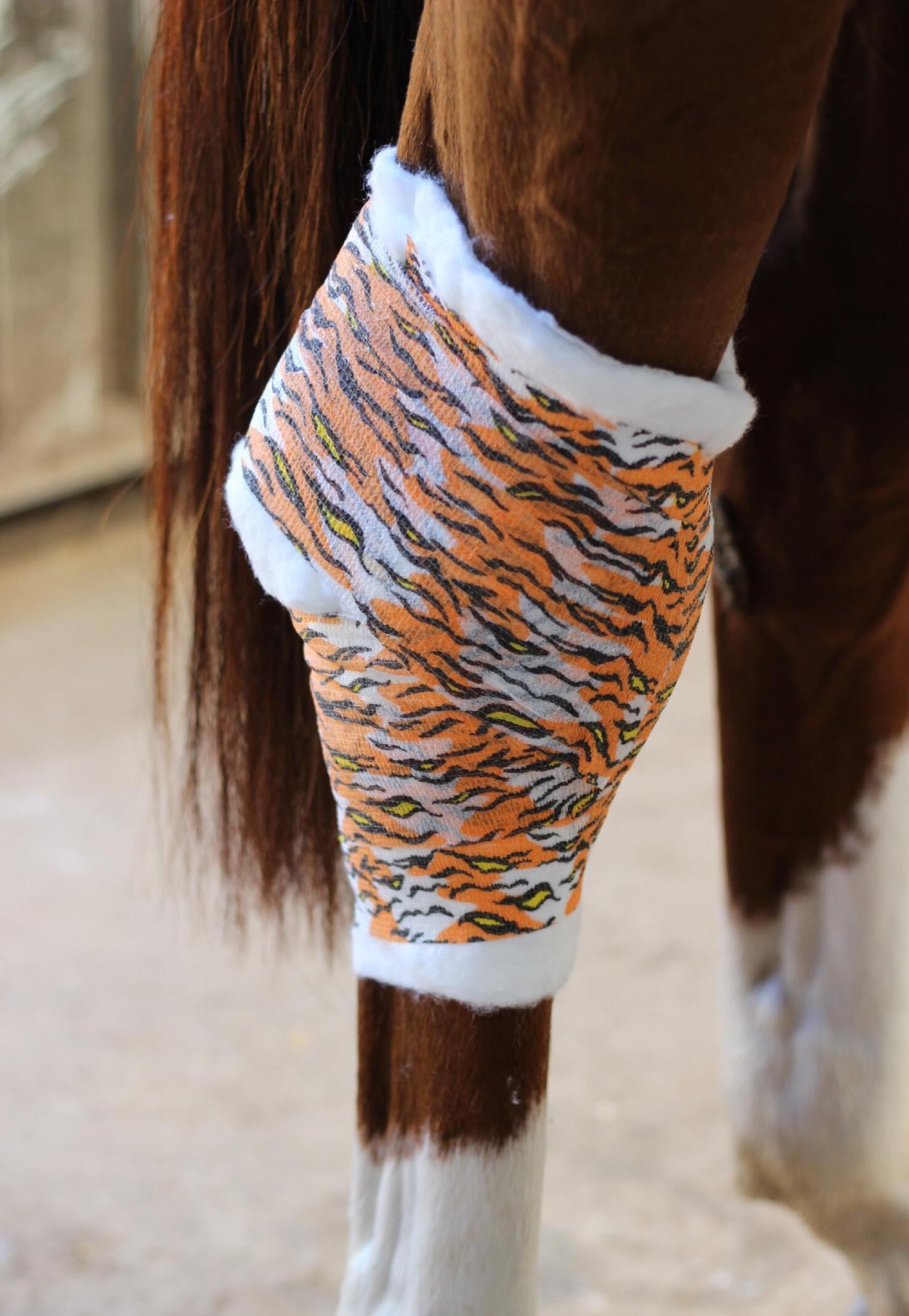
The hock is vulnerable to trauma, fatigue and stress. Bandaging may be recommended following surgery to protect a wound, or to reduce oedema or heat.
Hock bandages are used to:
• Prevent and reduce oedema.
• Support injured joints.
• Reduce joint motion.
• Protect open wounds from contamination or trauma.
• Absorb exudates.
The hock is a difficult site to bandage due to the range of movement and the resentment the horse feels when this is restricted. The major ‘danger areas’ are the common calcanean tendon (Achilles tendon) region, and the dorsal aspect of the hock below the tarsometatarsal joint. The point of the hock is also potential danger point because of the thin skin cover and prominent bone of the tuber calices.
Along with correct application, dressings applied to the hock rely on the common calcanean tendon to keep them up. There are serious risks if the bandage is placed too tight, and if it is too loose it will slip. Wounds on the point of the hock are particularly difficult to dress. A suitable shaped dressing is a useful aid, and can provide an excellent method of applying a primary dressing to these wounds. The dressing will usually remain in situ so long as the secondary conforming dressing is suitably supportive.
After the bandage is applied many horses will flex the hock strongly and repeatedly. During forced extension the forces are transferred to the dorsal aspect of the hock. If this occurs, the bandage must be checked again for tension over the calcanean tendon region, and entirely replaced if necessary. The risks can be minimized by ensuring that a purpose-made soft pad, or a plug of cotton wool protects the point of the hock. A sympathetic figure-of-eight bandaging technique is generally used, and there should be no tension on the common calcanean tendon (a finger should be able to run over the tendon under the bandage at each stage). This can be supported by including a roll of 4” wide cotton bandage (unopened) on either side in the hollow below the common calcanean tendon after the primary and secondary bandages have been applied. This transfers the tension to the bandage roll. If the bandages are left sealed, they can be used at the next bandage change!
Regular checks on the comfort and stability of the bandage should be made. If the dressing is obviously uncomfortable then it should be removed and replaced.
1 Lateral View
Apply primary dressing such as Zorbopad™ or a poultice depending on wound being on either A or B.
2 Dorsal View
Wrap secondary dressing such as Orthoband™, starting proximally, continuing into a figure-of-eight.
3 Right Lateral View
Wrap cotton wool around and work into a figure of eight. Remove a plug of cotton wool from over the point of the hock.
5 Right Lateral View
4 Right Lateral View
Use Rapz Eazy Tear® to bandage around the cotton wool in a figure of eight. Leave point of hock free.
Begin from the inside of the leg with Rapz Eazy Tear® and work distally in figure of eight. Ensure correct tension at Achilles tendon.
Applying a hock bandage:
• Ensure area is clean and dry.
• If appropriate, cover wound with dressing.
• Pad to at least 2” thick, and the padding layer should extend at least 5” above and below the point of hock.
• Ensure padding lies flat and wrinkle free.
• Using a figure of eight pattern, begin just below the point of hock. Wind from the medial aspect around the back of the hock to the lateral aspect then follow on, extending down medial to lateral (figure-of-eight).
• Begin applying the supporting bandage below the point of the hock, wrap front to back, lateral to medial, spiralling upwards, overlapping at 50% of the bandage width.
• Ensure uniform tension is applied throughout.
• Repeat the figure-of-eight until the bandage extends 4”-6” above the point of hock, ½” from the edge of the padding layer.
• Veterinary advice should be sought in order to decide whether or not to encase the hock completely – Horses tend to prefer not.
• Secure the bandage at the top and bottom with an adhesive tape.
Additional considerations:
Horses with hock bandages should be confined at rest unless specified otherwise by the veterinary surgeon. The bandage should be checked two to three times a day, with attention paid to any increase in lameness or oedema.
In addition, should the bandage become wet or soiled, it should be replaced immediately.
There are a number of reasons when a horse’s leg may need to be bandaged. They include protection and support while:
• Traveling.
• Working; supports tendons and ligaments during strenuous exercise.
• Recovering from injury.
• Resting; reduces likelihood of oedema after exercise.
Leg bandages also protect open wounds from contamination thus speeding the healing process.
Figure 1
Figure 2
The pressure should be light and even.
Figure 3
Figure 4
Place additional padding here if the pastern is to be included.
Figure 5
To put a support bandage on the lower limb of a horse, follow these steps. Ensure you do not over tighten the bandage during application.
1 Cover any wound with a non-stick dressing such as Zorbopad™
2 Apply Orthoband™ to hold the dressing in place. Begin on the side of the limb and wrap the bandage around the leg, before spiraling down over the dressing and back up to the starting point.
3 Apply cotton gauze wadding or cotton wool twice around the leg. This padding must extend from just below the knee or hock to the fetlock (figure 3).
4 Use Bandesive™ or Rapz Eazy Tear® as the support bandage. Apply in the same direction as the overlap of the padding. Start halfway down the cannon bone, placing the end of the bandage under the flap of the padding (figure 4). Spiral once around the limb, work down to the fetlock, then back up to just below the knee or hock and finally down to the starting point.
5 The pressure should be firm enough to provide support without restricting blood supply. Secure in position with tape (figure 5).
It is important that correct bandaging techniques are used regardless of the intent for which is required. Indeed, it is preferable to leave the horse without a bandage than one that has been ineffectively applied. Bandages that are applied improperly may not do their job but more seriously, may cause discomfort, impede circulation and have the potential to damage soft tissue and tendons.
Fitted correctly, bandages should cause no permanent damage:
• Sufficient padding material should be used.
• Even pressure must be applied throughout, on both tertiary and intermediate layers.
• No wrinkles, creases or folds should be allowed to form during application.
• The bandage should be securely fastened on the lateral aspect of the leg.
• When removing bandages, the leg should be rubbed to stimulate blood flow.
Bandages that have been applied too tightly may result in the following anomalies:
• Hair loss at the point of contact.
• White hair growth at the point of contact.
• The cannon bone may become inflamed or bruised.
• Secondary injury of tendons at the pressure point may occur.

Applying a leg bandage:
• Ensure legs are clean and dry.
• Ensure bandage materials are clean and dry.
• Ensure any open wounds have been dressed according to the surgeons instructions.
• Use at least a thickness of 1” of padding, more if indicated.
• Ensure the bandage is applied flat and free from wrinkles.
• Do not begin to bandage over a joint, as movement will encourage it to loosen and potentially unwrap. It is best to start on the medial aspect of the cannon bone, anterior to the fetlock.
• To maintain the correct alignment and weight bearing force, wrap from front to back, outside to inside, working in a spiral downwards then back up again. This means wrapping the bandage in the direction that pulls the flexor tendons towards the lateral aspect of the limb (clockwise on the nearside, anti-clockwise on the offside).
• Ensure consistent pressure applied throughout, avoiding bumps and ridges.
• Ensure the coronet band is covered to protect this area.
• Leave ½” padding visible at both the top and bottom of the bandage.
• Check the pressure of the bandage by making sure two fingers can be slipped down between the bandage and the leg.
• If applied for exercise, bandages should be removed immediately on cessation of work.
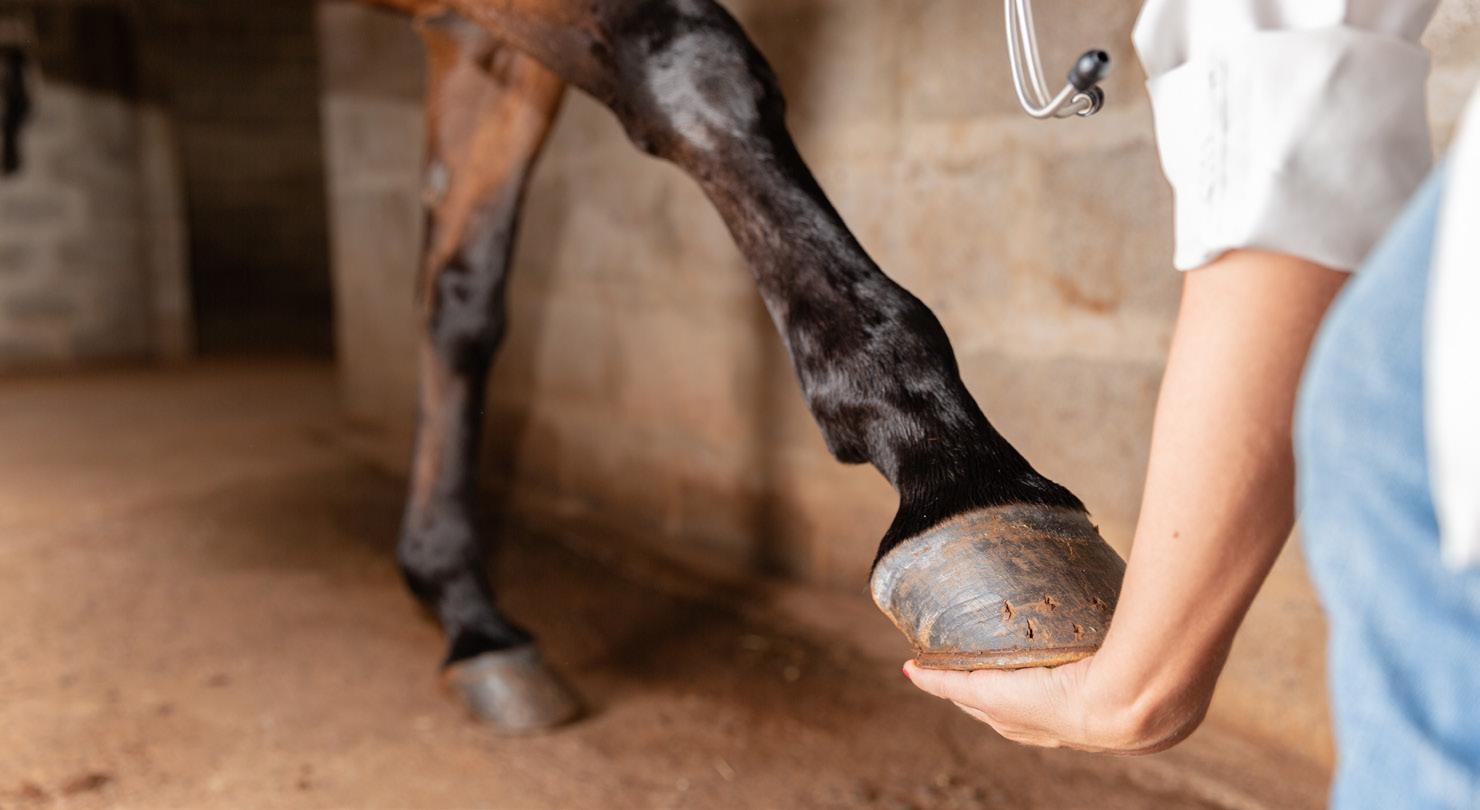
Being a high motion joint, the knee is difficult to bandage because of the downwards taper of the area, although the knee itself is wider than the radius and the metacarpus. Fortunately, horses tolerate immobilization of this area rather better than the hock.
The skin over the palmar aspect is particularly thin, and skin covering the accessory carpal bone comes under considerable pressure during flexion and extension of the carpus. The skin over the medial and lateral radial tuberosities is also thin and very closely related to the bone; it is very liable to pressure damage from bandages and therefore extreme care should be taken to sufficiently protect this area.
General guidelines:
• Surround the knee with absorbent padding material, 1” thick. This should be extended at least 5” above and below the joint.
• Wrap with support bandage to within ½” of the edge of the padding material.
The dressing is applied using a figure-of-eight format. After the primary layer has been applied to the wound site it is retained by the secondary layer of a soft cotton wool bandage, also applied in a figure-of-eight pattern.
It is common practice at this stage to avoid covering the accessory carpal bone.
A layer of cotton wool is placed over the secondary layer in the same format (but covering the accessory carpal bone), and a plug of cotton wool is removed from over the bony prominence. A conforming bandage is now applied in the same figure-of-eight, avoiding the accessory carpal region. The next layer of cotton wool is applied in a simple overlapping way to cover the whole area, and a cotton bandage and an elasticated adhesive layer covers this finally.
In order to avoid slippage, it may be helpful to apply a bandage to the lower limb region first and then dress the carpus. A properly applied carpal bandage will probably not slip provided that the horse is box-rested.
View
1 Primary Dressing
Apply primary dressing such as Zorbopad™ or Poultex® over wound.
2 Secondary Dressing
Use Orthoband™ as a secondary dressing to hold primary dressing in place. Continue secondary dressing in figure of eight. Avoid bandaging over accessory carpal bone (see figure 5).
1
2
View Dorsal View
3
3 Wrap around knee with cotton wool
4
Remove a plug of cotton wool over accessory carpal bone. (see figure 3).
4 Bandage Rapz Eazy Tear® over top of cotton wool
Move distally, then in a figure of eight.
1 Left Lateral View
Begin Secondary dressing below fetlock and work proximally. Continue distally and bring around under bulbs of heel.
2 Dorsal View
Work proximally to distally and over heel bulbs.
3 Palmar View with limb flexed
Lift foot and bring bandage over rear of heel covering one third of the sole. Wrap tertiary dressing over bandage covering limb and underneath foot.
Waterproof Adhesive Tape (W-tape™)
4 Palmar View with limb flexed
Wrap strips of waterproof adhesive tape such as W-tape™ over hoof wall with a cross-net of tape over the sole.
5 Left Lateral - Finished appearance
The hoof is difficult to bandage because of the tendency for dressing to ride upwards onto the pastern, and because of the high ‘wear-rate’ of ambulatory patients. The problem of ‘riding upwards’ can be minimized by ensuring that the bandage is extended downwards over the heels, and taking at least several layers under the heels of the hoof.
Hoof bandages can be indicated under a number of circumstances:
• Prevent or reduce oedema.
• Protection for wounds, abscesses or cracks.
• Provide support for tendons, ligaments and bone.
• Apply medication.
• Protect surgical wounds.
• Immobilize joints.
It is particularly important that hoof bandages be properly applied. Being an extremity, the sole source of blood flow may be restricted if the bandage is incorrectly applied. How far up the leg is bandaged must depend on the location requiring support. It may be necessary to bandage up and over the pastern if the injury involves the coronary band, heel bulb or lower leg.
General guidelines:
• Clean the area thoroughly.
• Cover any wounds with a suitable dressing pad.
• Use padding where needed; for laminitis, apply to the sole of the foot.
• Secure the padding with a cohesive or elastic adhesive bandage, by encircling the hoof in a figure of eight technique. Work from the base of the foot, around the side of the hoof and pastern until all padding is covered.
• Overlap by 50% to achieve optimal results.
• Waterproof tape can be applied to the underside of the hoof. This will also improve durability. It should be applied around the solar margin of the hoof and extended onto the heels (but not onto the skin). Several layers may be needed, and it may be helpful to protect the sole with a multi-layer pad of the tape, which is then folded up onto the walls before placing the encircling tape support. Alternatively a hoof boot may be used.
On the whole, stable confinement should be considered essential if the hoof is bandaged. The bandaged area should be checked several times a day for swelling or heat.
Bandages on the foot have a high tendency to become soaked with water, soiled bedding, or urine and faeces. This means that wicking effects for infection are likely under most circumstances. In some cases the dressing can be protected from wet by placing the dressed foot into a high-density plastic bag and taping the bag onto the foot. It may be possible therefore to make the dressings waterproof but this may encourage sweating and heat and so this can be viewed as a disadvantage.
Acetabulum: Cup shaped socket in the pelvis, where the femoral head is normally situated.
Air Permeable: Layer (or bandage) allowing the free movement of air and moisture.
Anterior: In a forward direction of.
Amputate: Surgical removal of limb, tail etc.
Aural: Relating to the ear.
Axilla: Arm pit area between humerus and chest wall.
Bilateral: Relating to both sides.
Carpus: Wrist joint of fore limbs in animals.
Clinical Waste Bags: Yellow plastic bags printed with ‘Clinical Waste for Incineration Only’ in black.
Compound Fracture: A broken bone which pierces the skin.
Cranium: The skull covering the brain area.
Dislocated: Displacement of a bone from its natural position.
Distal: Situated away from center of body (or point of origin) opposite to proximal.
Dorsal: Relating to the back or backwards direction.
DYS: Prefix denoting pain or difficulty.
Dyspnoea: Difficulty in breathing.
E.T. Tube: Endotracheal Tube.
Excised: The surgical removal of tissue, e.g. tumor.
Excoriation: A substantial abrasion to the skin, caused by rubbing etc.
Femoral (Head): Ascertaining to the femur.
Flexion: The bending of joints to bring bones closer together.
Hematoma: An abnormal collection of blood outside of the blood vessels, as a result of trauma e.g. bruising.
Hema/Hemo: Prefix relating to blood.
Hyper: Indicates excess (above normal).
Hypo: Indicates deficiency (below normal).
I/V: Intra-venous.
Lacerations: A cut or tear in tissue. Often referred to those cuts that are torn or ragged in nature.
Lateral: Relating to the side.
Luxated: Another name for dislocation.
Medial: Towards the midline.
Metatarsal: The bones and structures between the hock and digits of the hind limbs.
Midline: Line down center of an animal longitudinally, nose to tail when viewed from above.
Oedema: An accumulation of exudate (fluid) in one or more body cavities, or tissues.
Palmar: The backwards direction of forelimbs.
Pinnae (Pinna): Both ears (one ear).
Plantar: The backwards direction of hind limbs.
Posterior: Towards the back.
Porous: Having pores, allowing passage of gases and liquids.
Post: After or behind.
Proximal: The end of the limb nearest to the body. Opposite to distal.
Poultice: Soft composition applied on a cloth to the skin to reduce inflammation.
Pre: Before the item or event.
Radial: The outer edge of the circumference of the bone.
Reverse Wound: Unrolling bandage back around limb or body - This eliminates the need to roll out too much bandage or pulling during application.
Spiral Binding: Winding method of a bandage - Usually to use a 1/2 to 2/3 overlap.
Sternum: The breastbone.
Tourniquet: Any constrictive bandage applied to a limb to arrest hemorrhage.
NB: Must be used with extreme caution to avoid permanent muscle and tissue damage.
Copyright Millpledge 2024.
Brand names mentioned are all copyright of respective owners.
Duplication and use of images or text is by prior written consent only.
We are continually updating and improving our products for the veterinary professional. Due to this commitment it may be necessary to alter some products and therefore goods received may differ slightly from those shown within this catalogue.
No part of this booklet may be reproduced or transmitted in any form or other means, electronic or mechanical, including photocopying, recording or otherwise for any purpose except for the practice’s own use without the express written permission of Millpledge Ltd. Diagrams are the copyright of Millpledge ©2004. Millpledge Logo ©2019. Due to the commitment of updating and developing our products, goods received may differ from those shown within this publication.
Duplication and use of images or text is by prior written consent only.